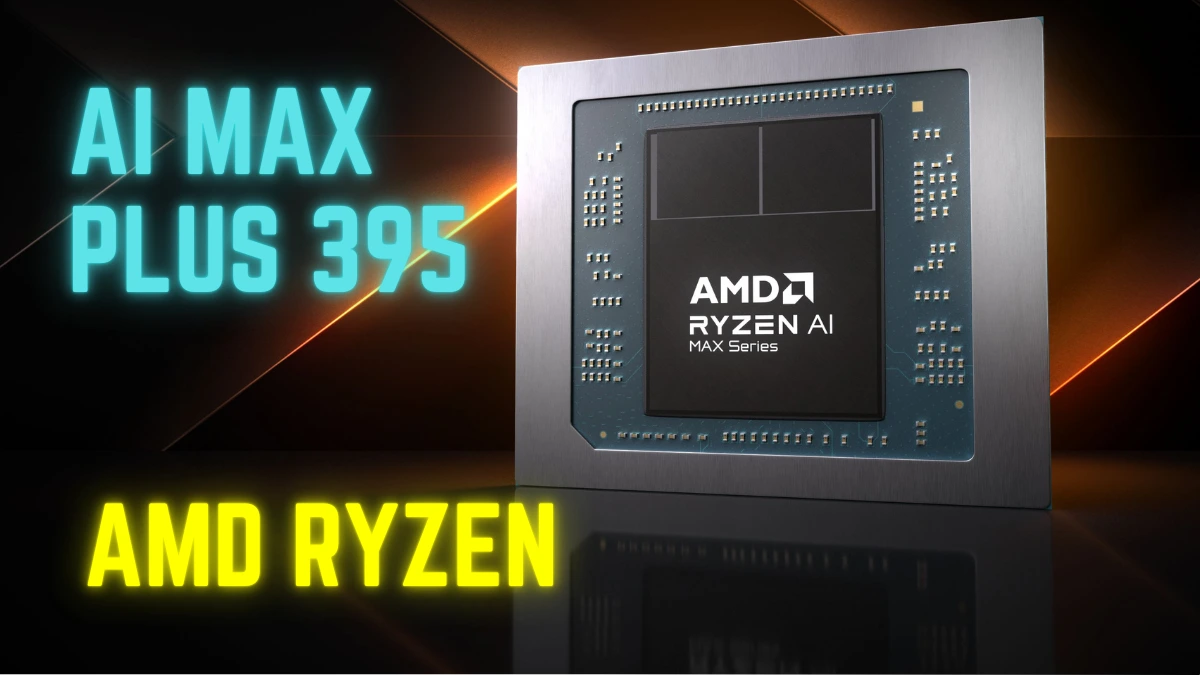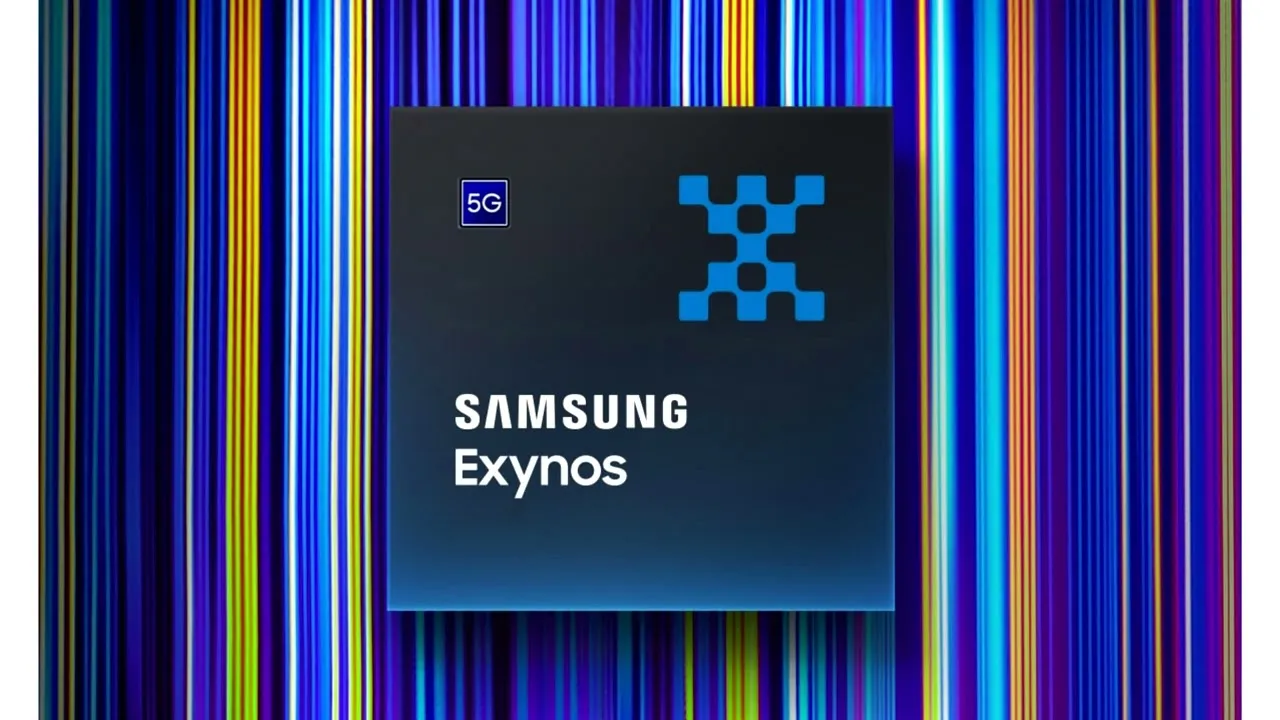NVIDIA RTX 5080 vs RTX 4080 Super: Discover the performance and features of Nvidia RTX 5080 compared to the RTX 4080 Super and AMD Radeon 7900 XTX. Learn about its AI capabilities, power efficiency, ray tracing, DLS4 technology, and gaming performance in titles like Cyberpunk and Allen Wake. Explore key differences, neural rendering, and the overall gaming experience of the RTX 5080 GPU.
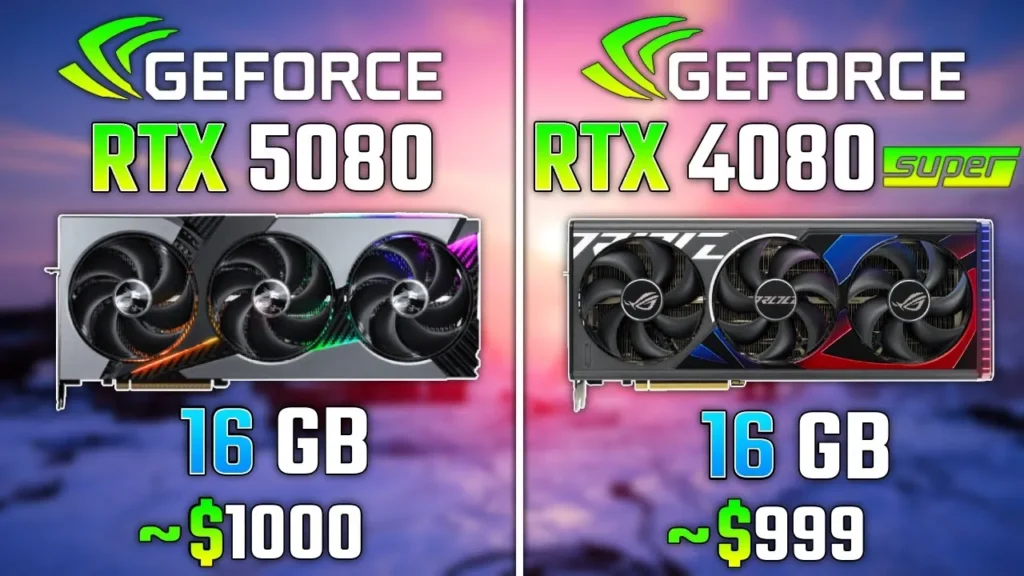
NVIDIA has officially launched the RTX 5080, promising better performance, improved AI capabilities, and enhanced ray tracing support. But is it truly a next-generation leap, or just a minor upgrade over the RTX 4080 Super?
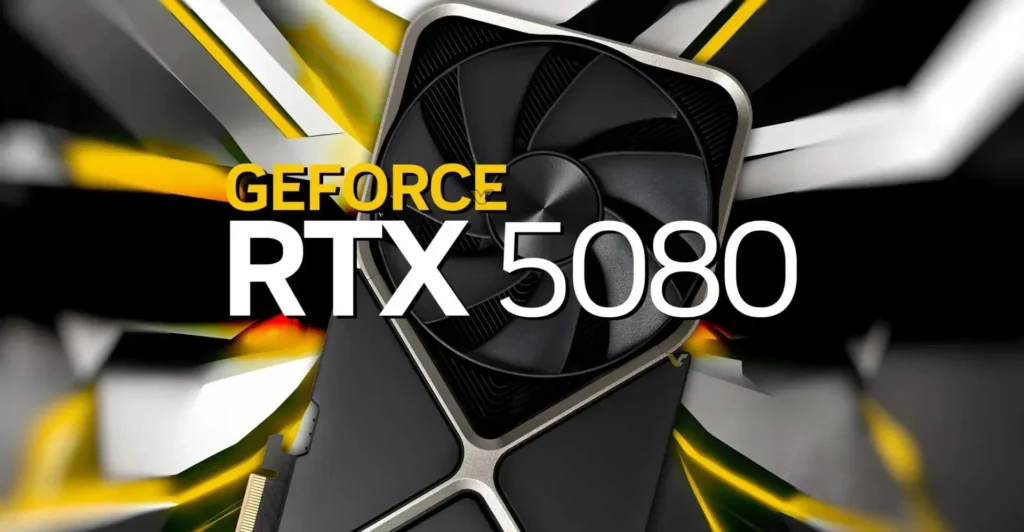
In this detailed review, we break down every aspect of the RTX 5080, from gaming benchmarks to AI performance, power efficiency, and more. If you’re considering upgrading, this in-depth analysis will help you decide whether the RTX 5080 is worth your money.
Table of Contents
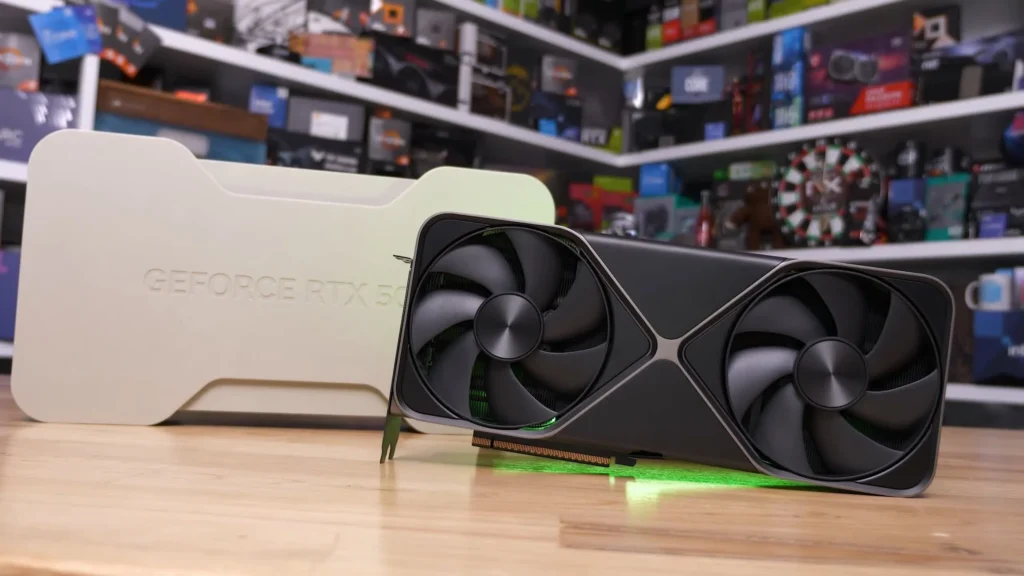
NVIDIA RTX 5080 vs RTX 4080 Key Points
| Feature | RTX 5080 | RTX 4080 Super |
|---|---|---|
| Gaming Performance (General) | 15% faster in new titles | Baseline performance |
| AI Rendering | Improved with AI-specific hardware | Solid, but not optimized for AI workloads |
| Power Efficiency | More power draw with better performance | Less power draw, but lower performance |
| Ray Tracing | Improved with next-gen RT cores | Good, but not as efficient as newer models |
| 4K Gaming | Outperforms 4080 Super in select titles | Good 4K performance, but falls short of 5080 |
| VRAM | 16 GB GDDR7 | 16 GB GDDR6X |
| Neural Rendering | Neural rendering support (generates extra frames) | Not equipped for neural rendering |
| Price | Same MSRP as 4080 Super | Same MSRP as 5080 |
| Cooling | Advanced cooler design | Standard cooler design |
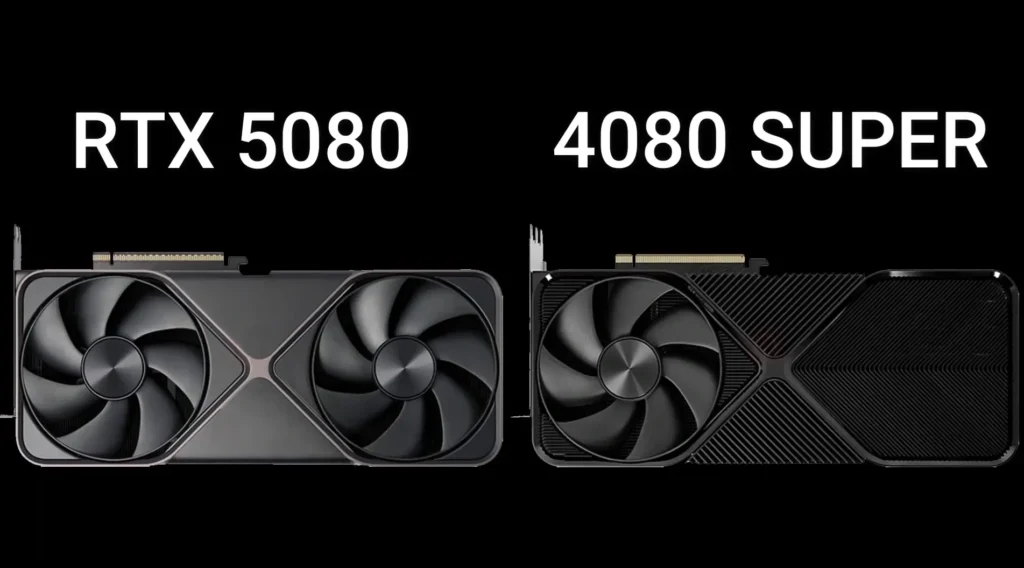
NVIDIA RTX 5080
The NVIDIA RTX 5080 has arrived, promising next-generation performance, enhanced AI capabilities, and improved ray tracing features. However, the big question remains—is it a substantial upgrade over the RTX 4080 Super, or just a minor refresh?
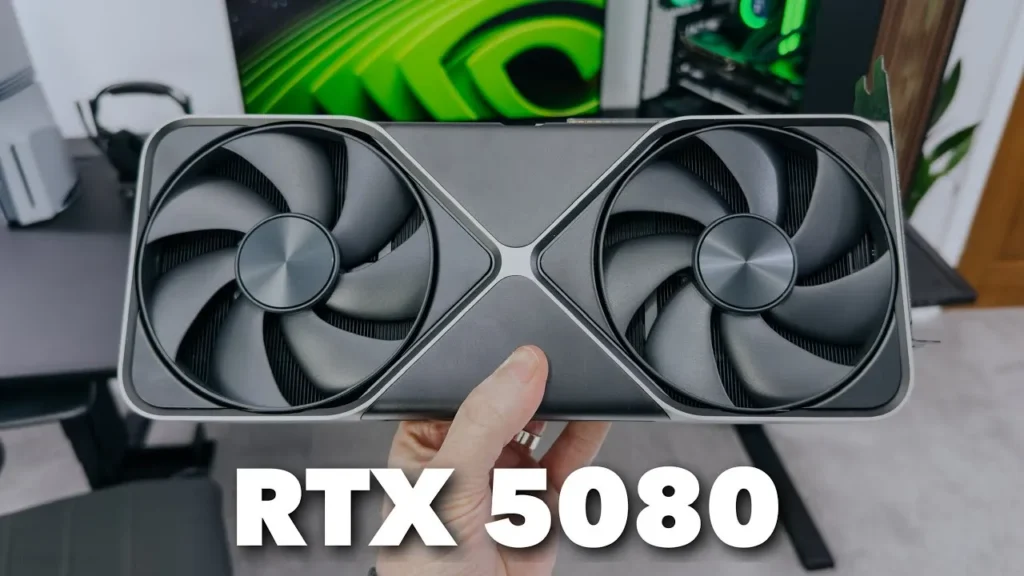
With AMD struggling to compete at the high end and Intel yet to break into the premium GPU market, NVIDIA currently dominates the landscape. But does this mean they are truly pushing innovation, or simply repackaging their existing hardware?
In this in-depth analysis, we’ll explore every aspect of the RTX 5080, including:
✅ Gaming performance at 1440p and 4K
✅ Ray tracing and DLSS 4 enhancements
✅ VRAM limitations—is 16GB enough?
✅ Power consumption and efficiency
✅ Productivity performance for creators and AI users
✅ Overall value and whether you should buy it
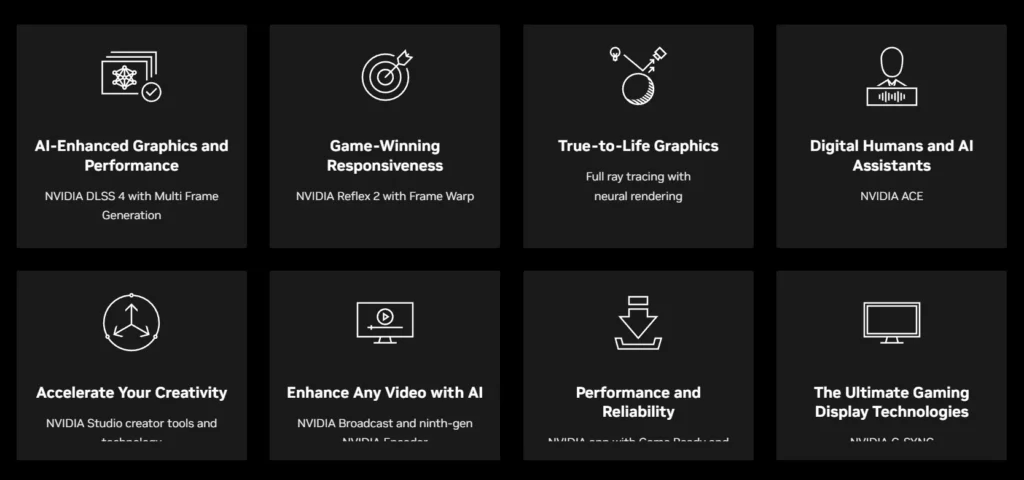
By the end, you’ll have all the information to decide whether upgrading to the RTX 5080 is worth it or if you should wait for a better alternative.
Specifications and Key Features
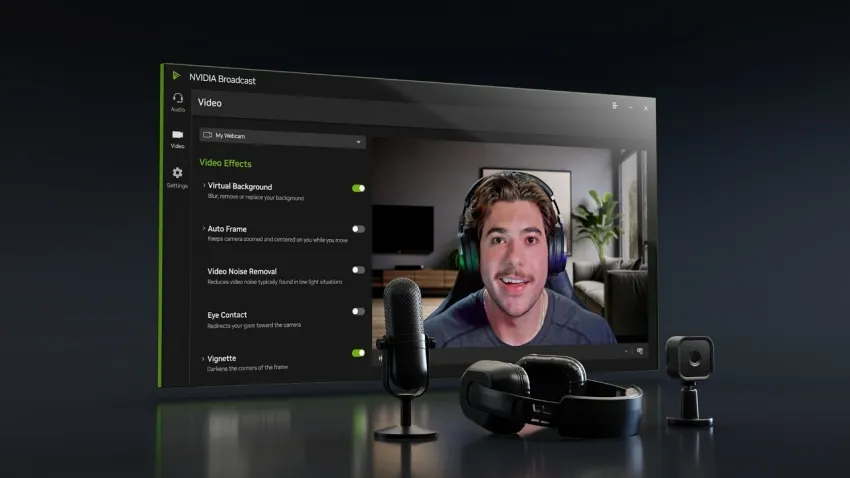
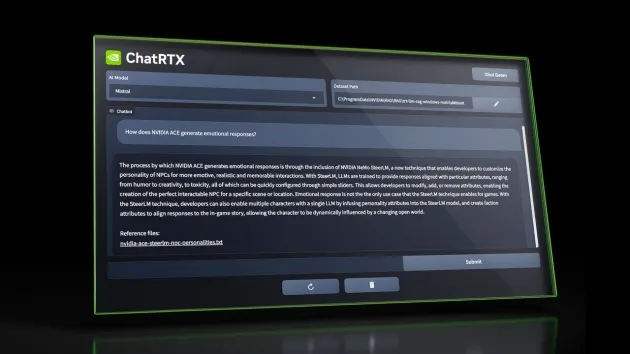
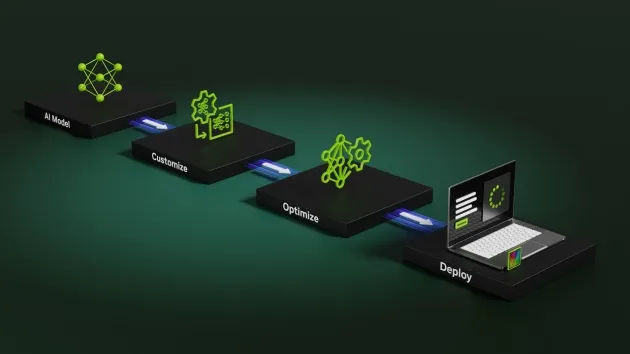
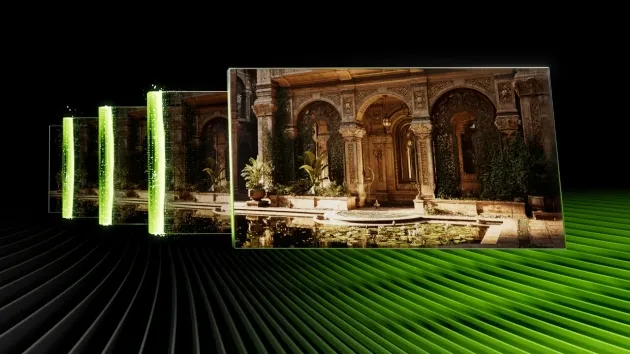
Architecture: What’s New in the RTX 5080?
At its core, the RTX 5080 is an Ada Lovelace Refresh GPU, meaning it is still based on the same architecture as the RTX 40-series but with some key refinements.
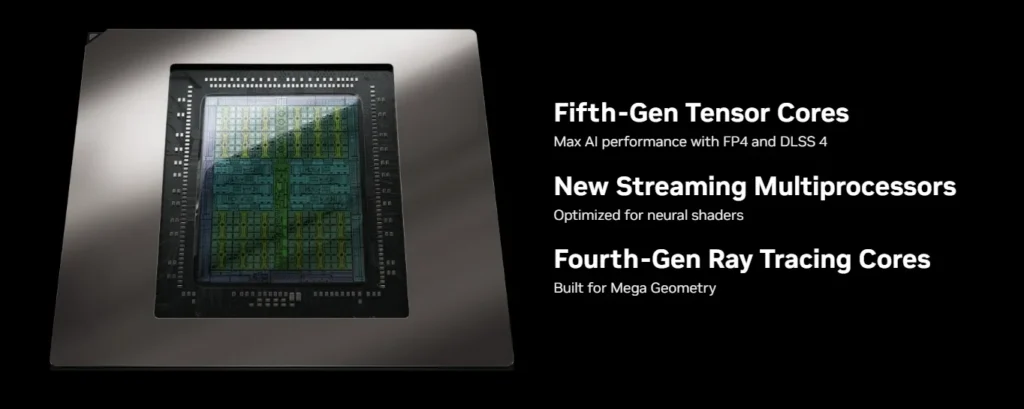
Some of the biggest changes include:
- Increased CUDA core count for better rasterization performance
- Higher clock speeds, allowing faster processing
- New RT cores, enhancing ray tracing efficiency
- Tensor Core improvements, specifically for AI workloads
- Memory upgrade from GDDR6X to GDDR7, improving bandwidth
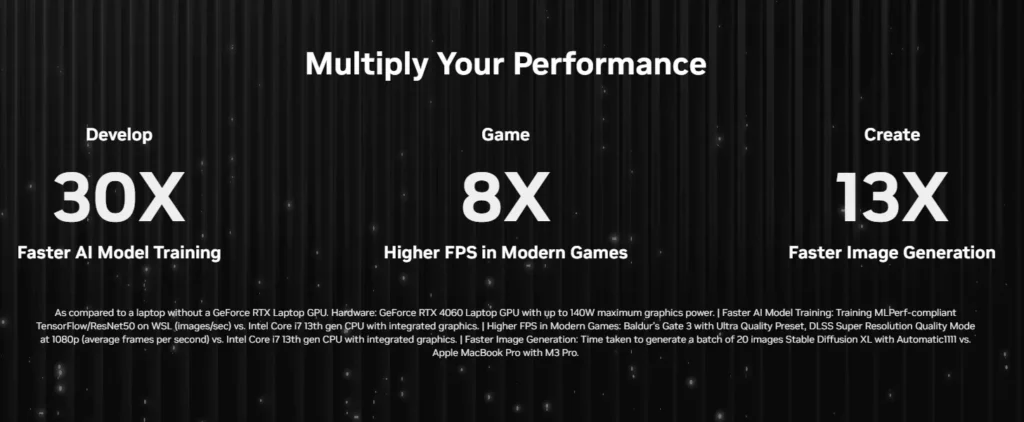
While these improvements are beneficial, they are incremental rather than revolutionary. Unlike previous generational leaps (such as RTX 30 to RTX 40), the RTX 5080 feels more like a refresh than a true next-gen card.
GPU Core Count and Clock Speeds
| Feature | RTX 5080 | RTX 4080 Super |
|---|---|---|
| CUDA Cores | 10,240 | 9,728 |
| Boost Clock Speed | 2.7 GHz | 2.6 GHz |
| Base Clock Speed | 2.3 GHz | 2.2 GHz |
The RTX 5080 has a slight increase in CUDA cores, but the real boost comes from higher clock speeds, which help improve gaming and AI performance.

However, given the modest increase, users should not expect a dramatic jump in performance compared to the RTX 4080 Super.
Memory: GDDR7 vs. GDDR6X
One of the headline features of the RTX 5080 is its transition from GDDR6X to GDDR7 memory.

What does this mean for gamers?
- Higher memory bandwidth, allowing faster data transfer
- Better power efficiency, reducing heat output
- Lower latency, improving response times in fast-paced games
However, the biggest issue is that NVIDIA did not increase the VRAM capacity—it remains at 16GB, which could become a bottleneck in high-end gaming.
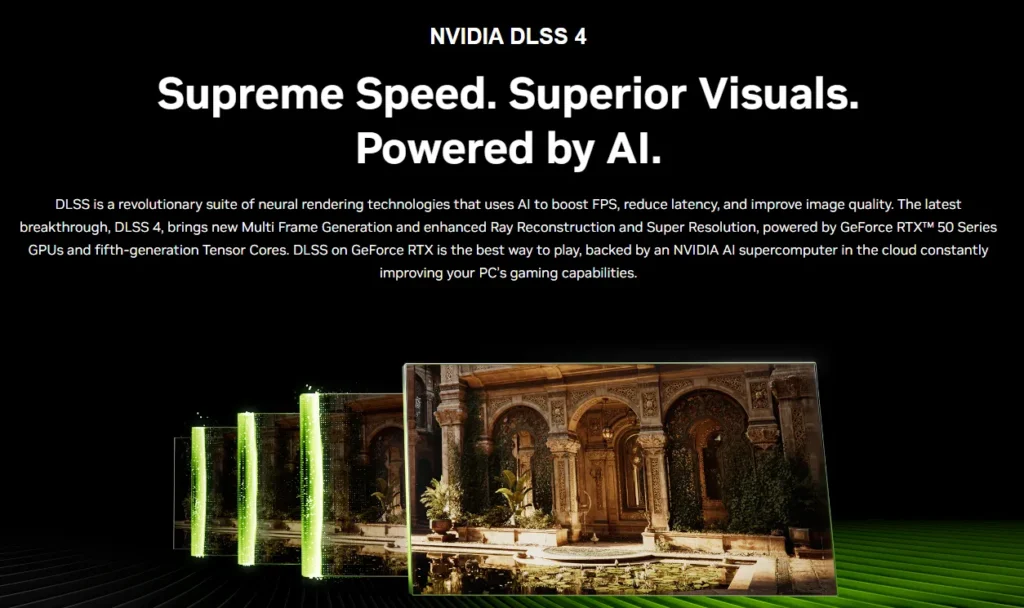
Power Consumption and Efficiency
The RTX 5080 has a TDP of 350W, which is a 15% increase over the RTX 4080 Super.
| GPU | Power Draw (Gaming) | Idle Power Draw |
|---|---|---|
| RTX 5080 | 337W | 50W |
| RTX 4080 Super | 295W | 40W |
This means higher energy bills and more heat output, requiring good cooling solutions for optimal performance.
Cooling System Improvements
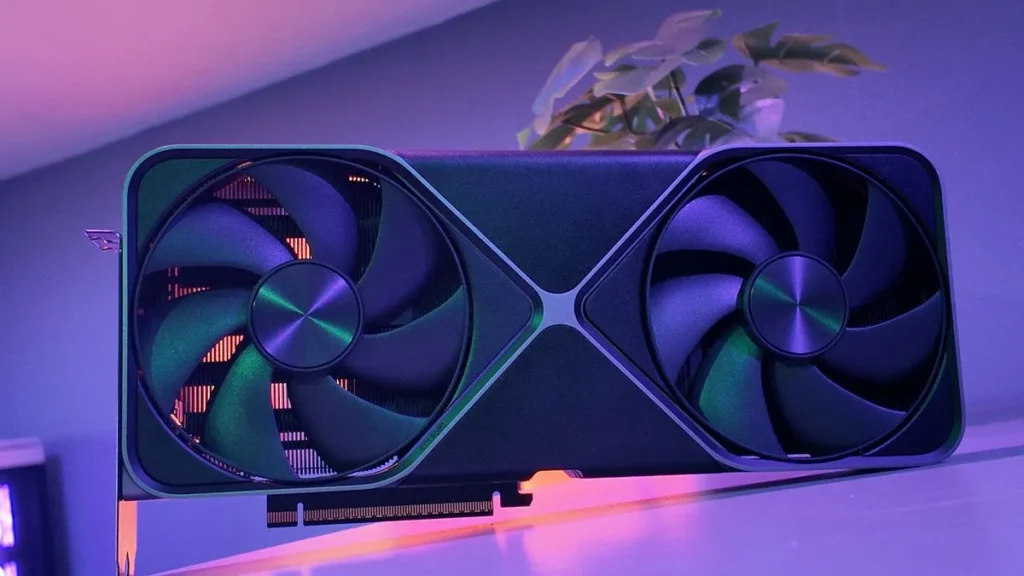
NVIDIA has introduced a double-flow cooler design, allowing better heat dissipation. The RTX 5080 runs at an average of 65-70°C under load, making it one of the coolest high-end GPUs.
Gaming Performance: 1440p and 4K Benchmarks
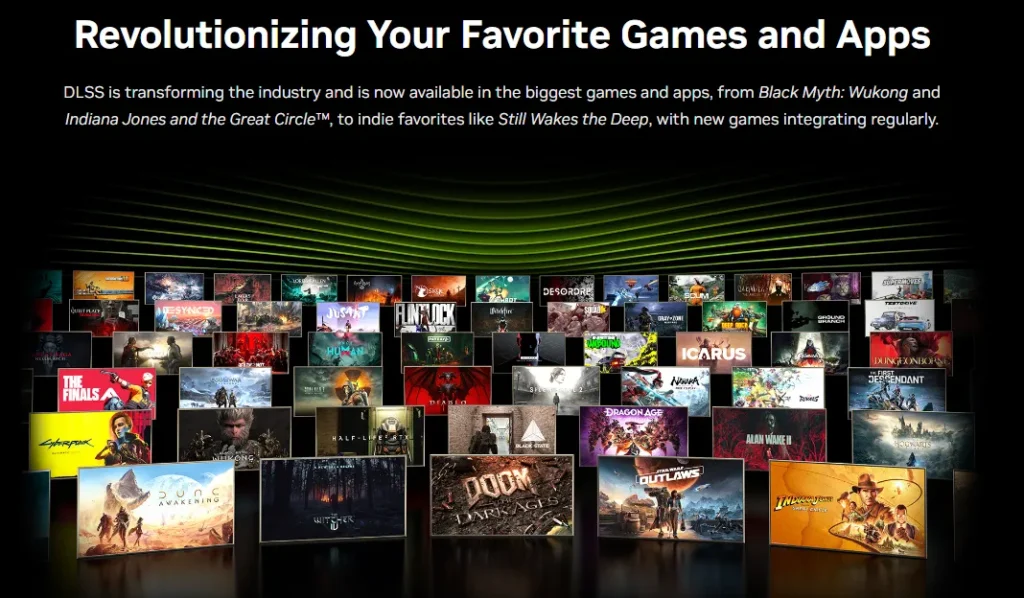
Now, let’s get to the most important question—how does the RTX 5080 perform in real-world gaming?
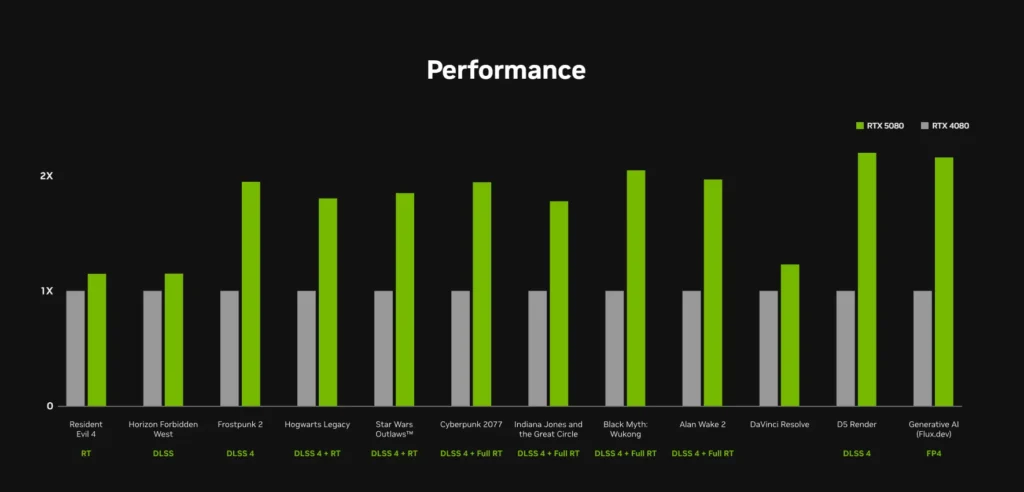
1440p Gaming Performance
At 1440p, the RTX 5080 shows an average performance increase of 10-20% over the RTX 4080 Super, depending on the game.
Cyberpunk 2077 (1440p, No DLSS, Max Settings)
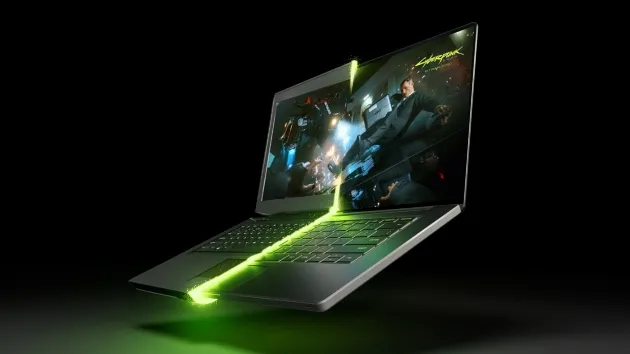
- RTX 5080: 138 FPS
- RTX 4080 Super: 115 FPS (+20% improvement)
- AMD Radeon 7900 XTX: 110 FPS
Here, the RTX 5080 performs exceptionally well, significantly surpassing its predecessor and even competing with the RTX 4090 in some cases.
F1 24 (1440p, No DLSS, Max Settings)
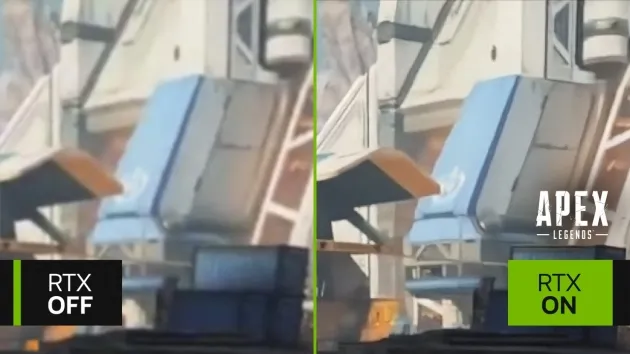
- RTX 5080: 190 FPS
- RTX 4080 Super: 178 FPS (+7% improvement)
- AMD Radeon 7900 XTX: 185 FPS
However, in F1 24, the gains are minimal, barely beating the AMD Radeon 7900 XTX. This indicates that not all games benefit equally from the RTX 5080’s improvements.
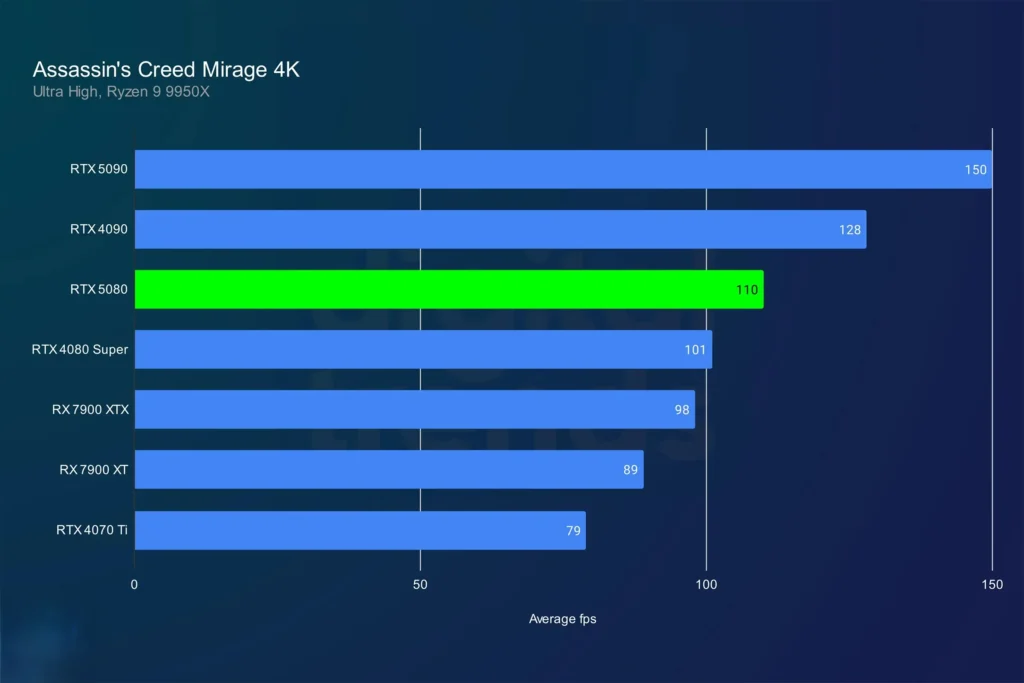
4K Gaming Performance
At 4K, the RTX 5080 shows better performance gains, averaging 15-18% faster than the RTX 4080 Super.
Cyberpunk 2077 (4K, No DLSS, Max Settings)
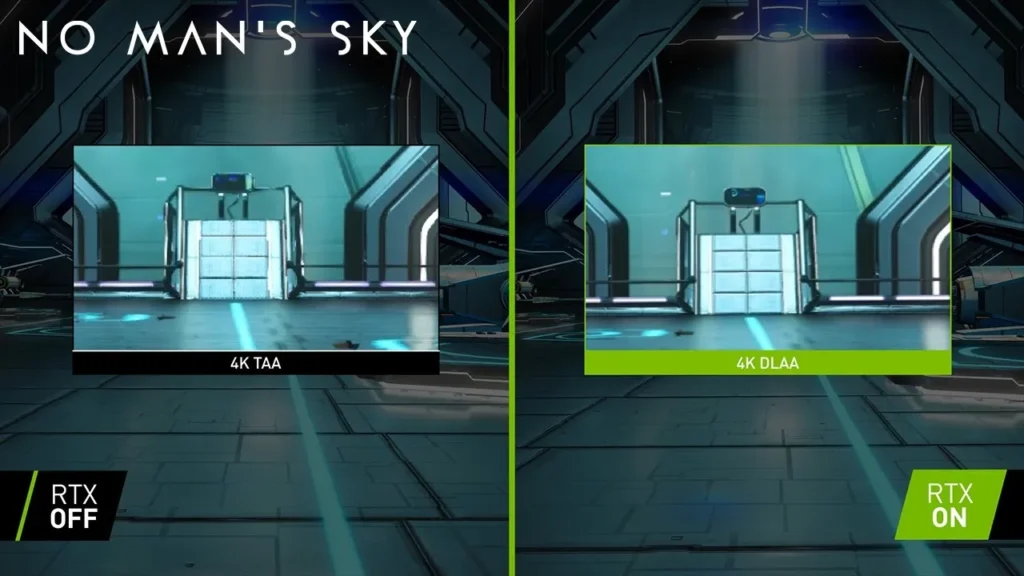
- RTX 5080: 78 FPS
- RTX 4080 Super: 66 FPS (+18% improvement)
- 7900 XTX: 70 FPS
Here, we see that the RTX 5080 is a much better card for 4K gaming than its predecessor. However, it still falls short of the RTX 4090, making it not the ultimate 4K gaming card.
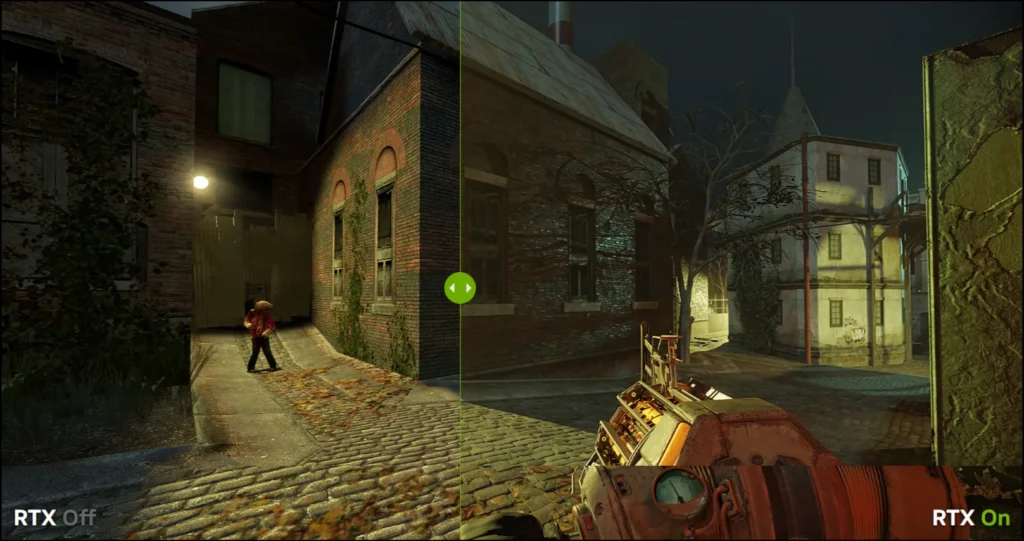
Comparison with AMD Radeon 7900 XTX
While the RTX 5080 beats AMD’s flagship 7900 XTX in ray-traced games, it only slightly surpasses it in rasterized performance. Given that the 7900 XTX is cheaper, many gamers might opt for the AMD card instead.
Ray Tracing and AI-Enhanced Gaming
One of the biggest advantages of NVIDIA GPUs over AMD is ray tracing performance.
Next-Generation Ray Tracing Cores
The RTX 5080 features improved RT cores, making ray tracing more efficient.
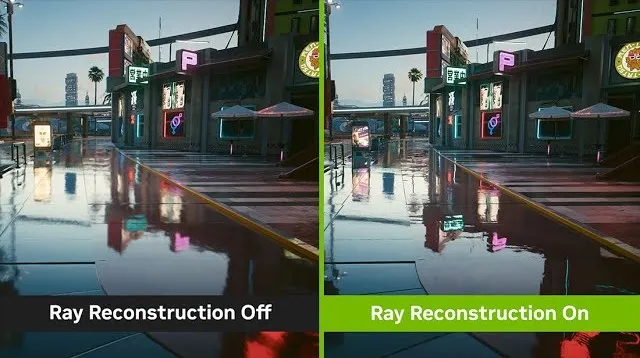
At 1440p and 4K, ray-traced games like Alan Wake 2 and Cyberpunk 2077 run 20-30% better than the RTX 4080 Super, making it one of the best GPUs for ray-traced gaming.
AI-Driven Rendering: DLSS 4 and Multi-Frame Generation
One of the biggest features of the RTX 5080 is DLSS 4, which introduces Multi-Frame Generation (MFG).
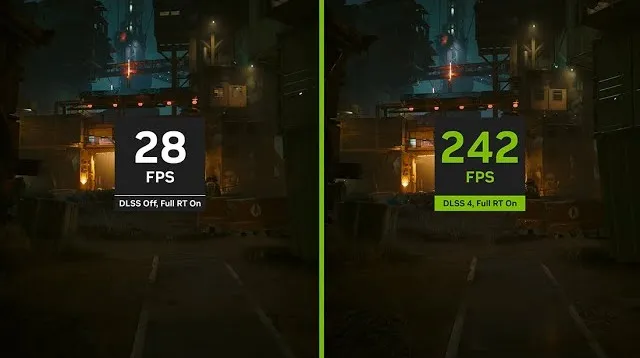
How does it work?
- Generates 3 AI frames for every 1 real frame, quadrupling FPS
- Reduces GPU load, increasing efficiency
- Minimizes visual artifacts for smoother gameplay
However, it comes with a downside—latency. AI-generated frames add a delay, which can affect competitive gaming performance.
VRAM Limitations: Is 16GB Enough?
One of the biggest concerns with the RTX 5080 is its 16GB VRAM capacity. While 16GB may seem sufficient for today’s games, it is becoming a limiting factor for future titles, especially at 4K resolution.
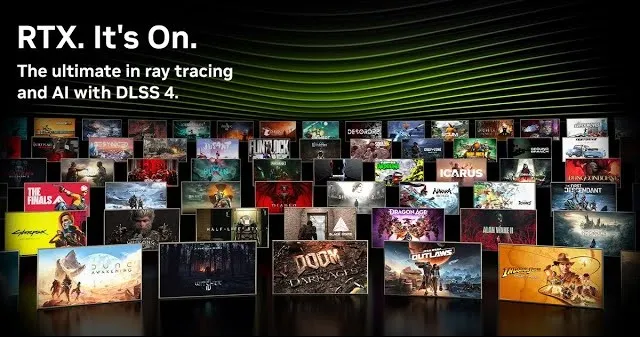
Why VRAM Matters in Modern Gaming
VRAM (Video Random Access Memory) is critical for high-resolution textures, ray tracing, and AI-powered upscaling technologies like DLSS and FSR.
The main VRAM-intensive applications include:
✅ 4K Gaming – Higher resolutions require more memory bandwidth
✅ Ray Tracing – Path-traced games like Alan Wake 2 can exceed 16GB of VRAM
✅ AI and Machine Learning – AI models demand huge memory allocation
✅ Game Mods & Texture Packs – Many modded games require more than 16GB VRAM
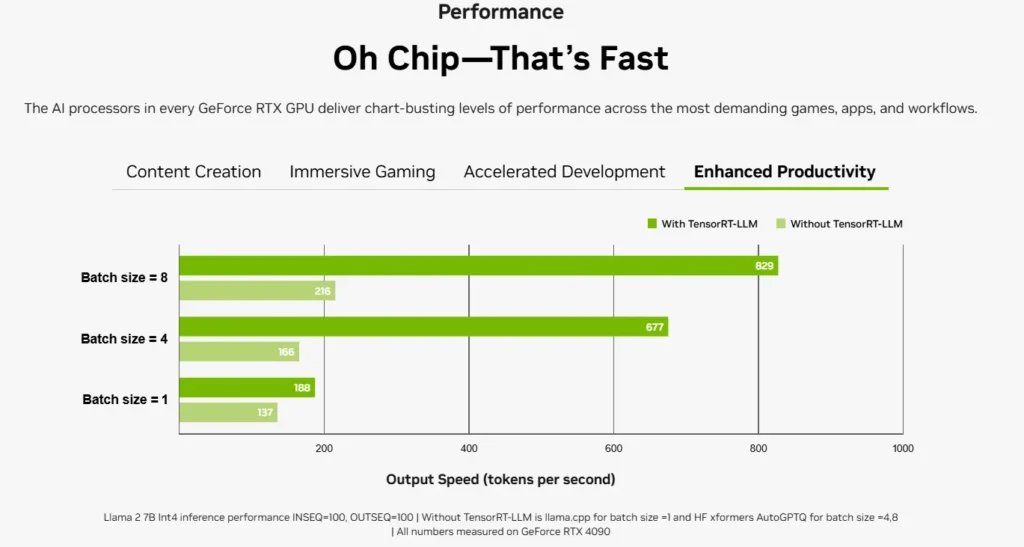
RTX 5080 VRAM Bottlenecks in Real-World Games
Alan Wake 2 (4K, Path Tracing, Max Settings)
- VRAM Usage: 16.5GB (RTX 5080), 18GB (RTX 4090)
- FPS on RTX 5080: Drops below 30 FPS due to VRAM bottleneck
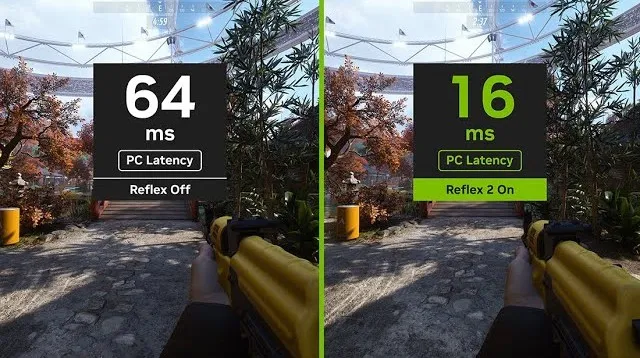
Cyberpunk 2077 (4K, Ray Tracing Overdrive Mode)
- VRAM Usage: 16GB+ required for smooth gameplay
- RTX 5080 Performance: Noticeable stutters and texture pop-ins
Even though the RTX 5080 outperforms the RTX 4080 Super in raw power, its VRAM limitation prevents it from fully utilizing its capabilities in some games.
Future-Proofing Concerns
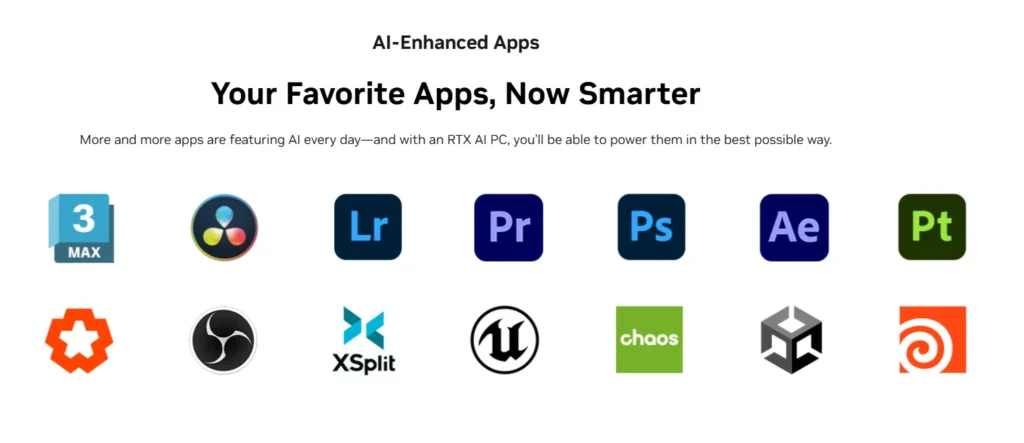
With next-gen games demanding more VRAM, NVIDIA’s decision to keep 16GB on a $1,000 GPU feels restrictive. The only way to get more VRAM from NVIDIA is by purchasing the RTX 5090 (24GB VRAM), which costs twice as much.
This makes the RTX 5080 a questionable investment for gamers looking for long-term future-proofing.
Power Consumption and Efficiency
How Much Power Does the RTX 5080 Consume?
The RTX 5080 has a TDP of 350W, which is 15% higher than the RTX 4080 Super. This results in higher power consumption and heat output, requiring better cooling solutions.
| GPU | Gaming Power Draw (Avg.) | Idle Power Draw | Max Load Power |
|---|---|---|---|
| RTX 5080 | 337W | 50W | 403W |
| RTX 4080 Super | 295W | 40W | 370W |
| RTX 4090 | 425W | 60W | 450W+ |
Cooling Performance: Is the RTX 5080 Efficient?
NVIDIA introduced a dual-flow cooling system, which helps keep temperatures in check.
- Gaming Temps: 65-70°C under full load
- Idle Temps: 35-40°C
- Max Load (Stress Test): ~75°C
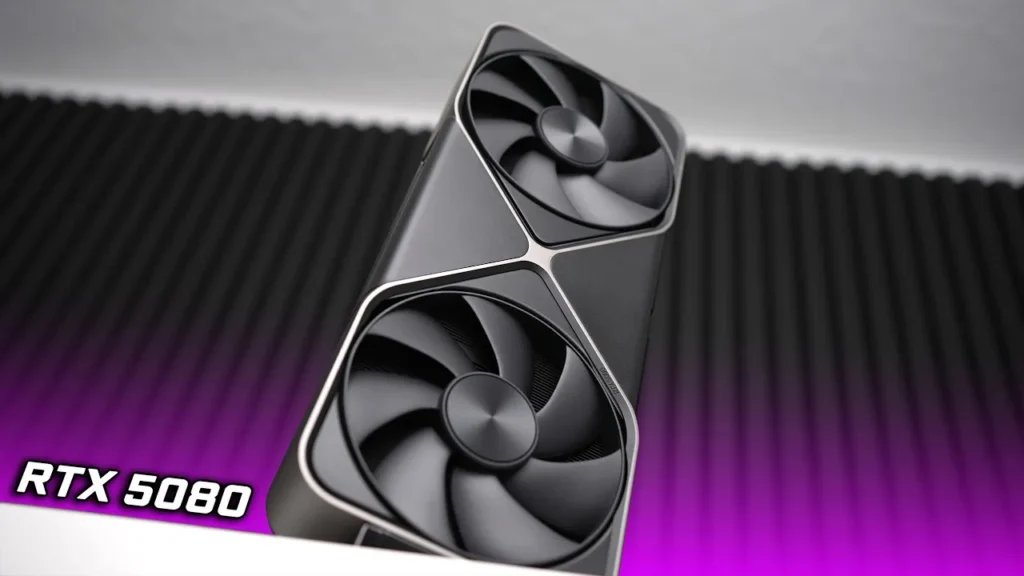
While power consumption is high, the RTX 5080 remains relatively cool, thanks to its efficient heatsink and fan design.
However, for small form-factor (SFF) builds, this power draw might be problematic, requiring high-end cooling solutions.
Content Creation and Productivity Performance
Beyond gaming, many users rely on NVIDIA GPUs for creative and professional workloads, such as video editing, 3D rendering, and AI processing.
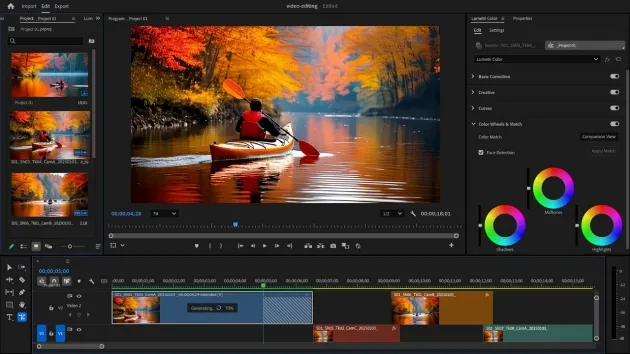
Video Editing Performance (Premiere Pro & DaVinci Resolve)
One of the biggest upgrades in the RTX 5080 is its enhanced media engine, which supports AV1 encoding and 4:2:2 chroma subsampling.
Premiere Pro (4K Rendering Test)
| GPU | Export Time (Lower is Better) | Performance Gain Over RTX 4080 Super |
|---|---|---|
| RTX 5080 | 3 mins 45 sec | +8% faster |
| RTX 4080 Super | 4 mins 02 sec | Baseline |
| RTX 4090 | 3 mins 10 sec | +20% faster |
For content creators, the RTX 5080 offers solid performance improvements, but not a game-changing leap.
Blender and 3D Rendering Performance
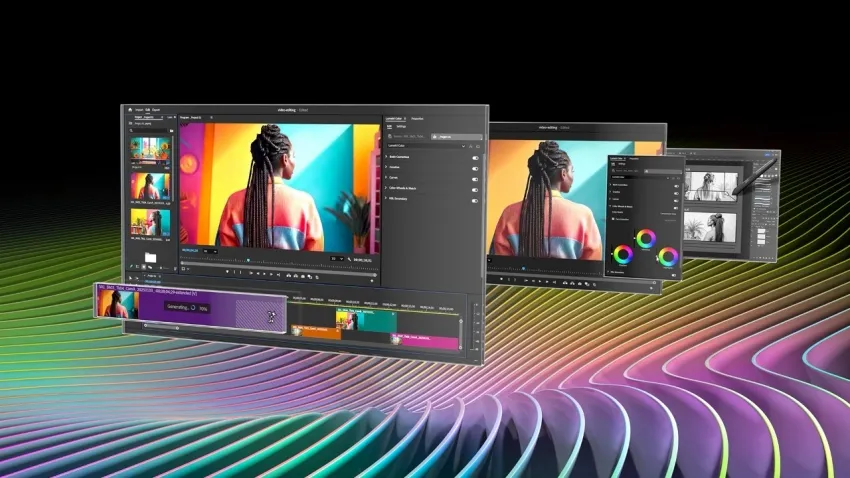
The RTX 5080 delivers a ~15% boost in Blender Cycles rendering compared to the RTX 4080 Super.
- RTX 5080 (Optix Renderer): 2.1x faster than CPU rendering
- RTX 4090 remains the best choice for 3D professionals
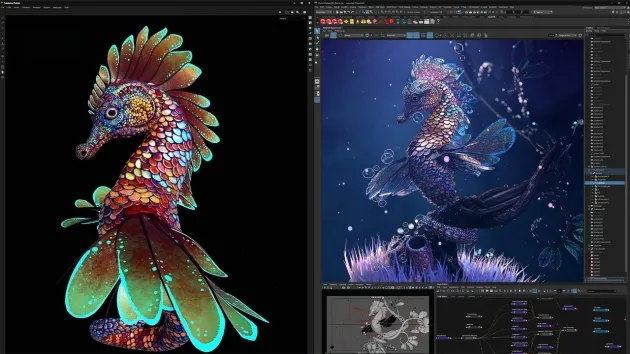
AI and Machine Learning Performance
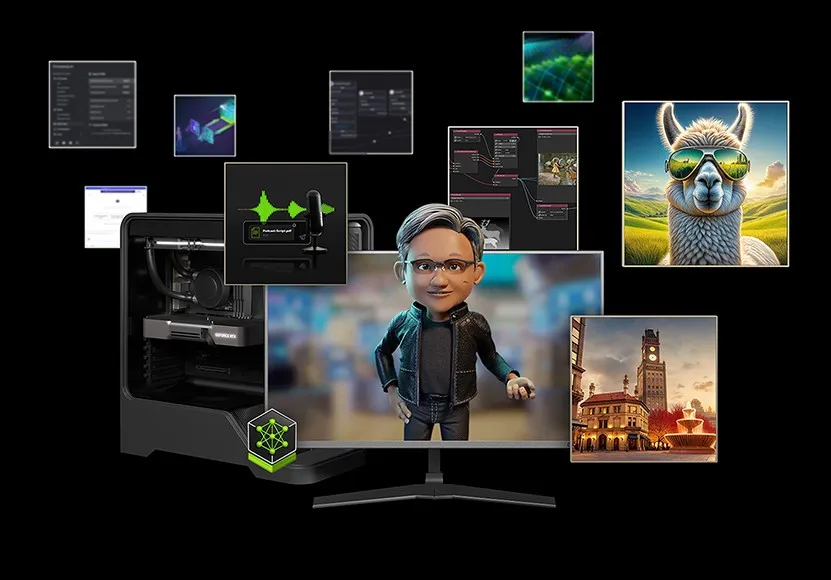
The RTX 5080 features improved Tensor Cores for faster AI workloads.
- AI Image Generation (Stable Diffusion): 16% faster than RTX 4080 Super
- Text AI Processing: 20% faster than RTX 4080 Super
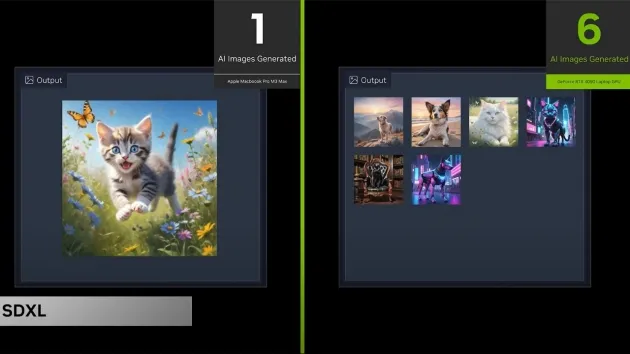
However, 16GB VRAM limits the size of AI models that can be run locally, making it less ideal for serious AI workloads.
DLSS 4: A Game Changer or Just Marketing Hype?
DLSS 4 introduces Multi-Frame Generation (MFG), a feature that generates three AI frames per rendered frame.
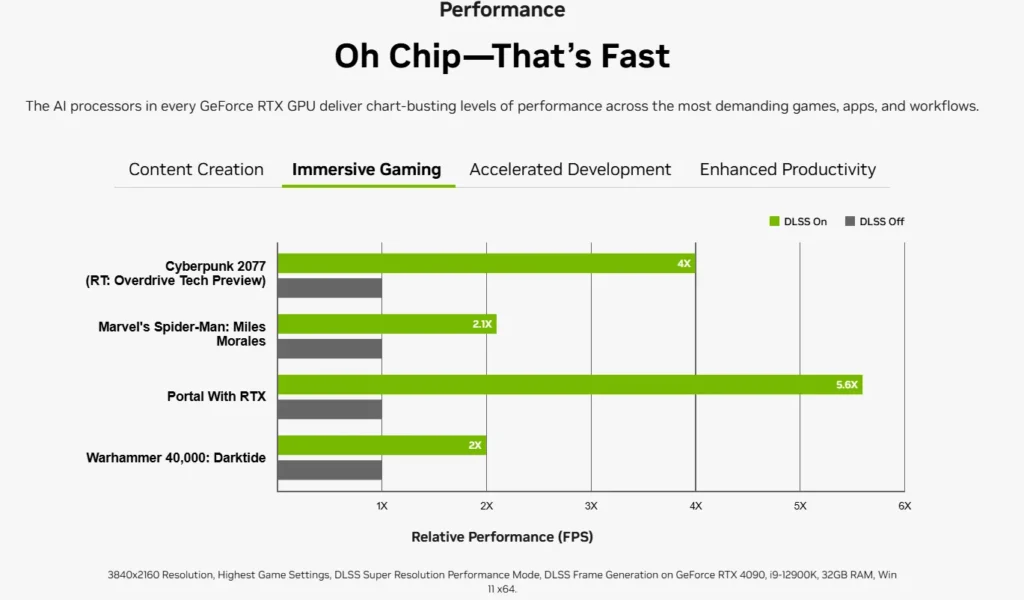
Pros of DLSS 4
✅ Massive FPS Boost – Quadruples frame rates in some cases
✅ Better Image Quality – Less ghosting and motion blur
✅ Lower GPU Load – Allows weaker GPUs to perform better
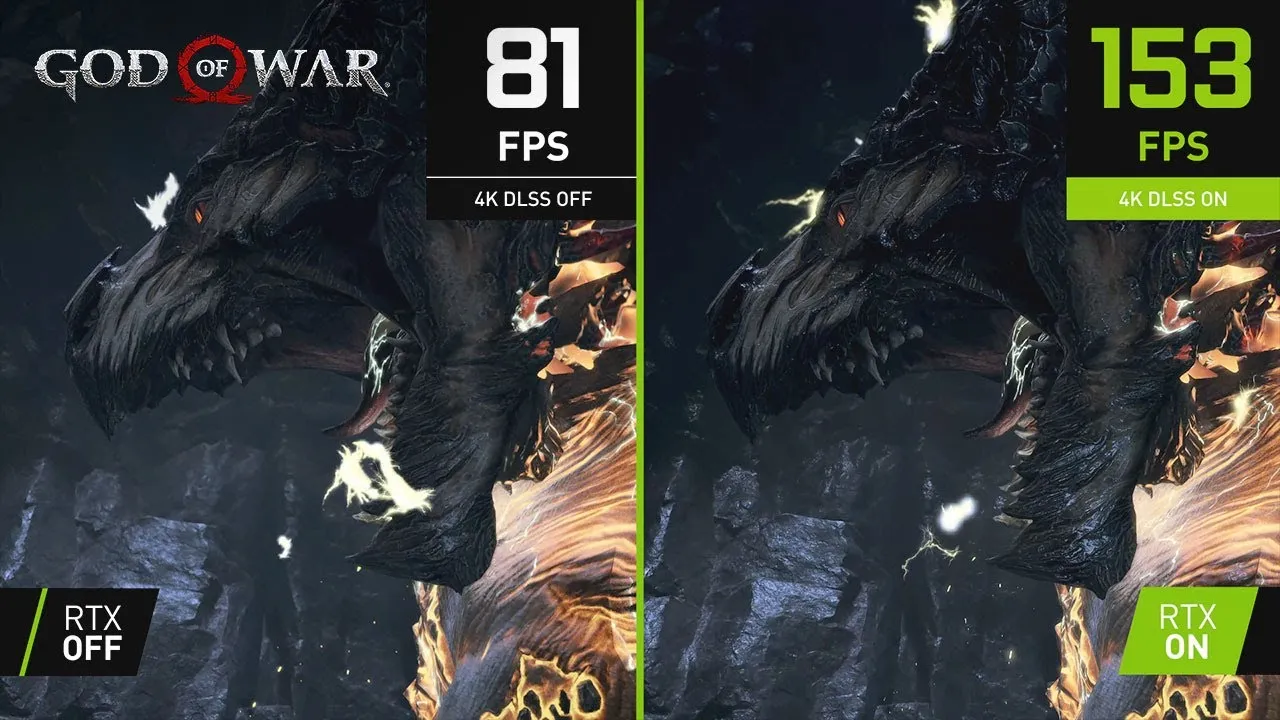
Cons of DLSS 4
❌ Increases Input Latency – Not ideal for competitive gamers
❌ Not Native Rendering – AI-generated frames do not improve real-time performance
While DLSS 4 is a great feature, it is not a replacement for native rendering, and its true benefits depend on the type of game you play.
Price and Value Proposition
The RTX 5080 costs $999, the same price as the RTX 4080 Super.
Is it worth it?
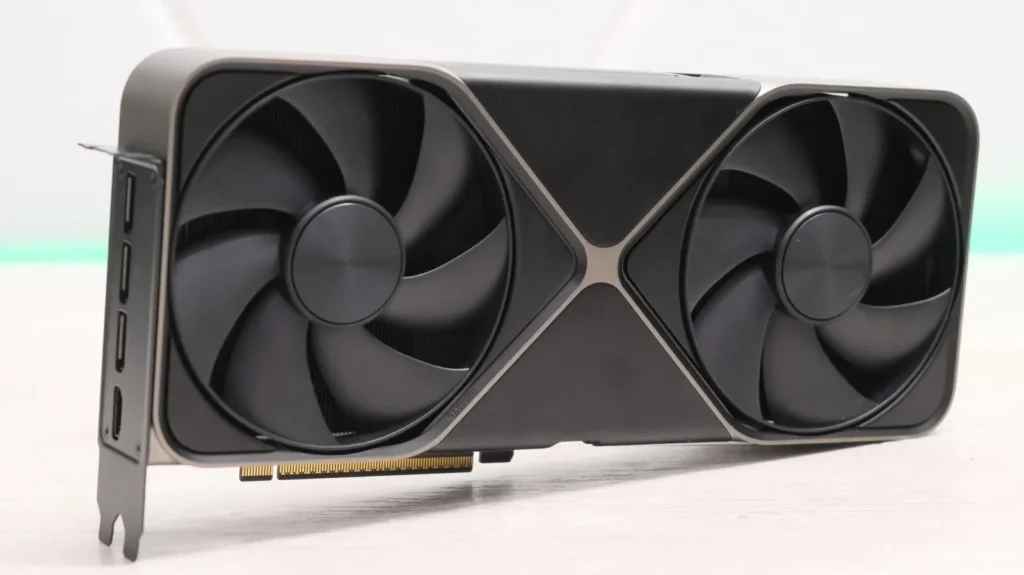
For Gamers
- If you already own an RTX 4080 Super, DO NOT upgrade.
- If you have an older GPU (RTX 3080 or 2080 Ti), it is worth considering.
For Creators & AI Users
- If you need more VRAM, go for the RTX 4090.
- If you edit videos or stream, the RTX 5080 is a great choice.
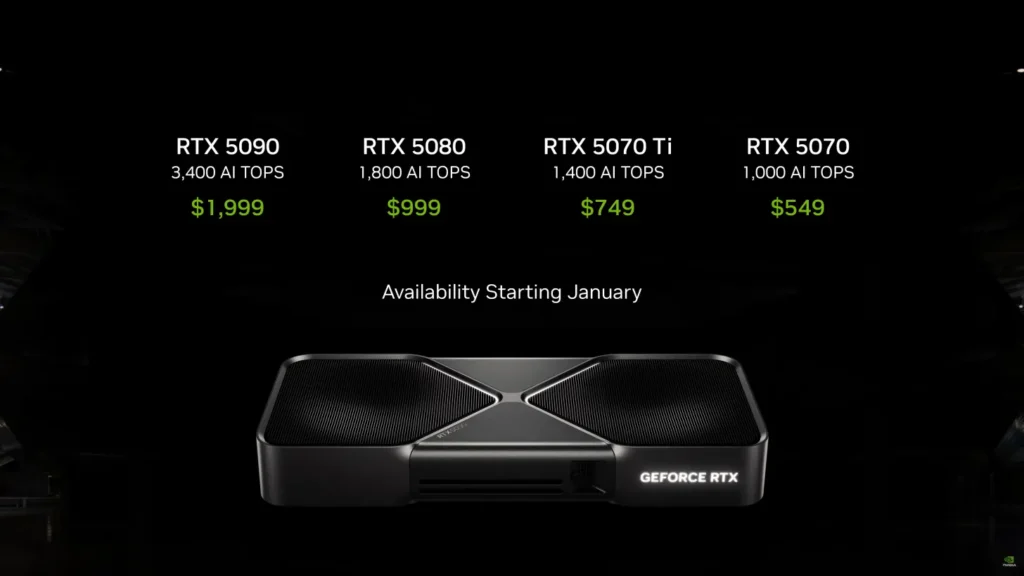
Alternative GPUs to Consider
- AMD 7900 XTX ($799) – Similar rasterization performance but weaker ray tracing
- RTX 4070 Ti Super ($799) – Better value for 1440p gaming
- RTX 4090 ($1,599) – Best high-end GPU, better VRAM, but expensive
AMD vs. NVIDIA: The Competition Landscape
While NVIDIA dominates the high-end GPU market, AMD’s Radeon 7900 XTX ($799) offers a strong alternative for budget-conscious gamers.
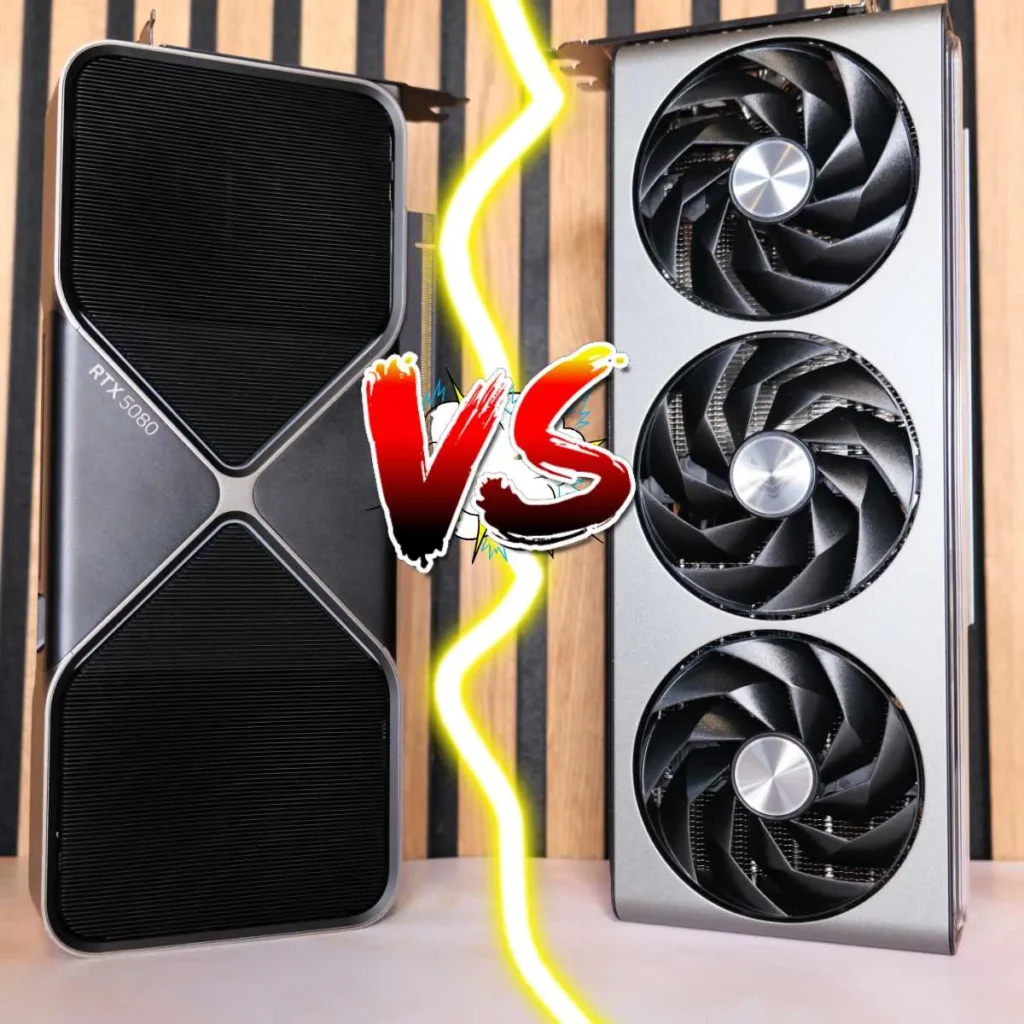
How Does the RTX 5080 Compare to the AMD 7900 XTX?
| Feature | RTX 5080 | AMD 7900 XTX |
|---|---|---|
| Price | $999 | $799 |
| Architecture | Ada Lovelace Refresh | RDNA 3 |
| CUDA/Stream Processors | 10,240 CUDA Cores | 6,144 Stream Processors |
| Memory | 16GB GDDR7 | 24GB GDDR6 |
| Ray Tracing Performance | 🏆 Superior | 🟥 Weaker |
| AI Upscaling (DLSS vs. FSR) | 🏆 DLSS 4 (Superior) | 🟥 FSR 3 (Weaker) |
| 4K Gaming | Slightly Better | Very Close |
| 1440p Gaming | Comparable | Slightly Better in Some Games |
| VRAM Limitations | 16GB (Potential Bottleneck) | 24GB (More Future-Proof) |
Key Takeaways
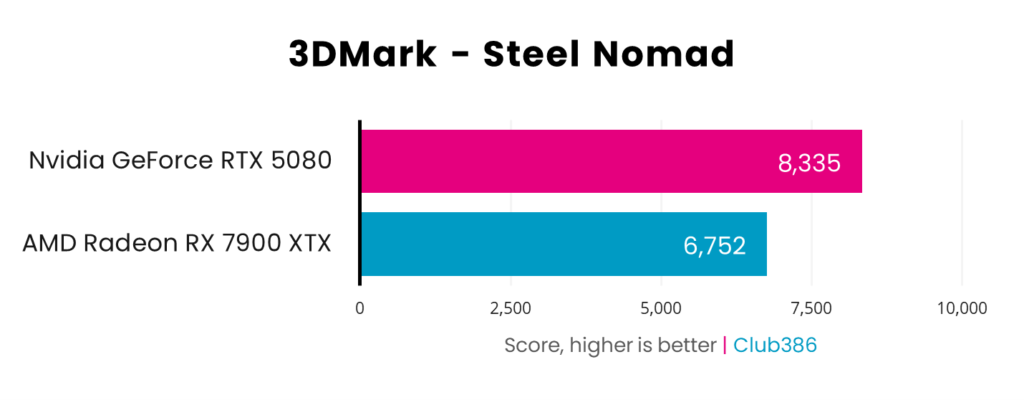
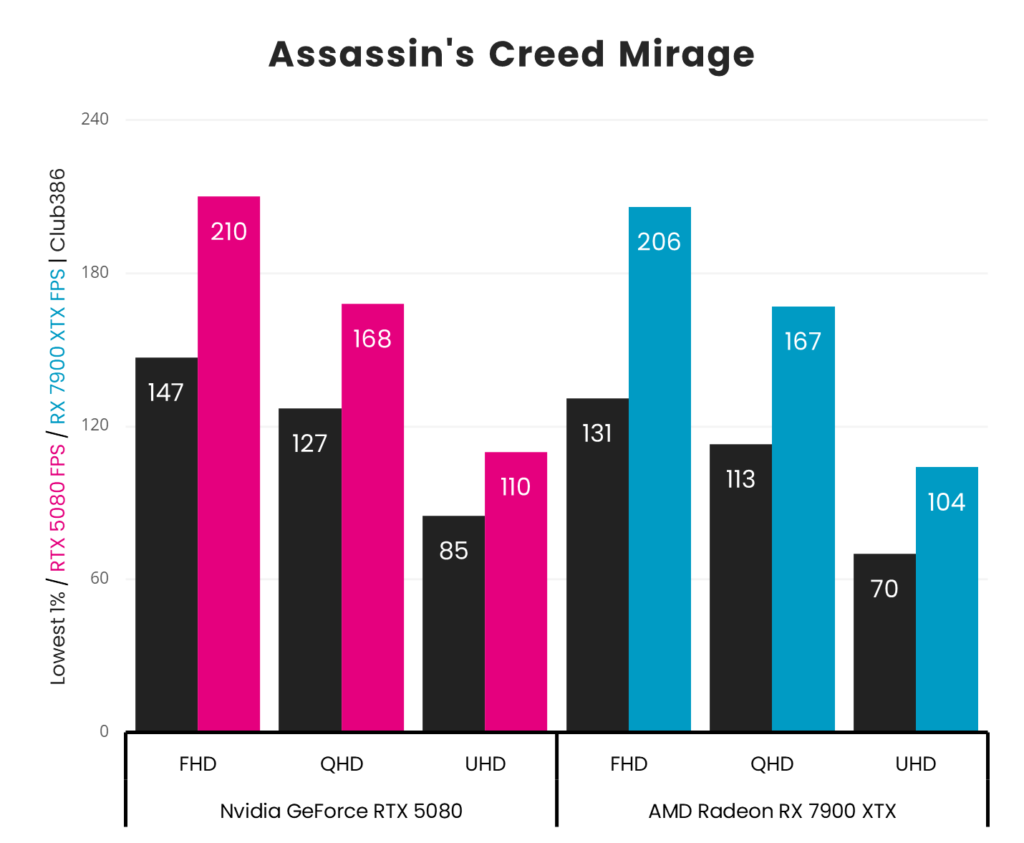
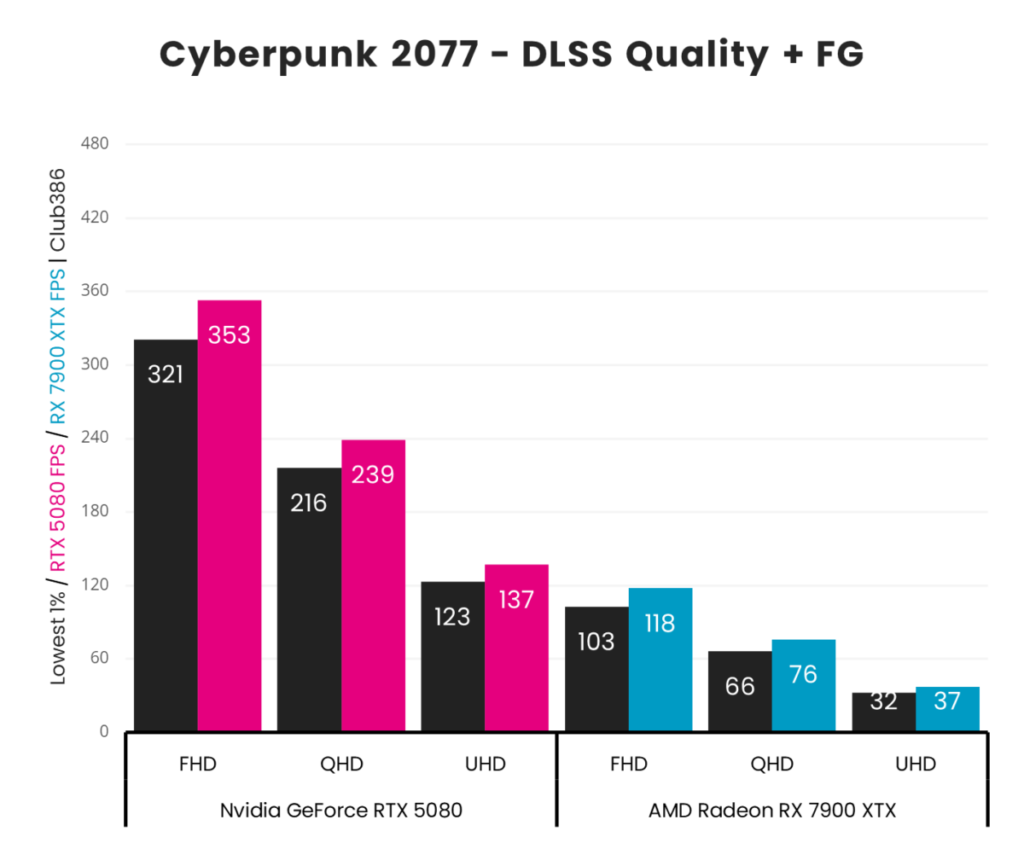
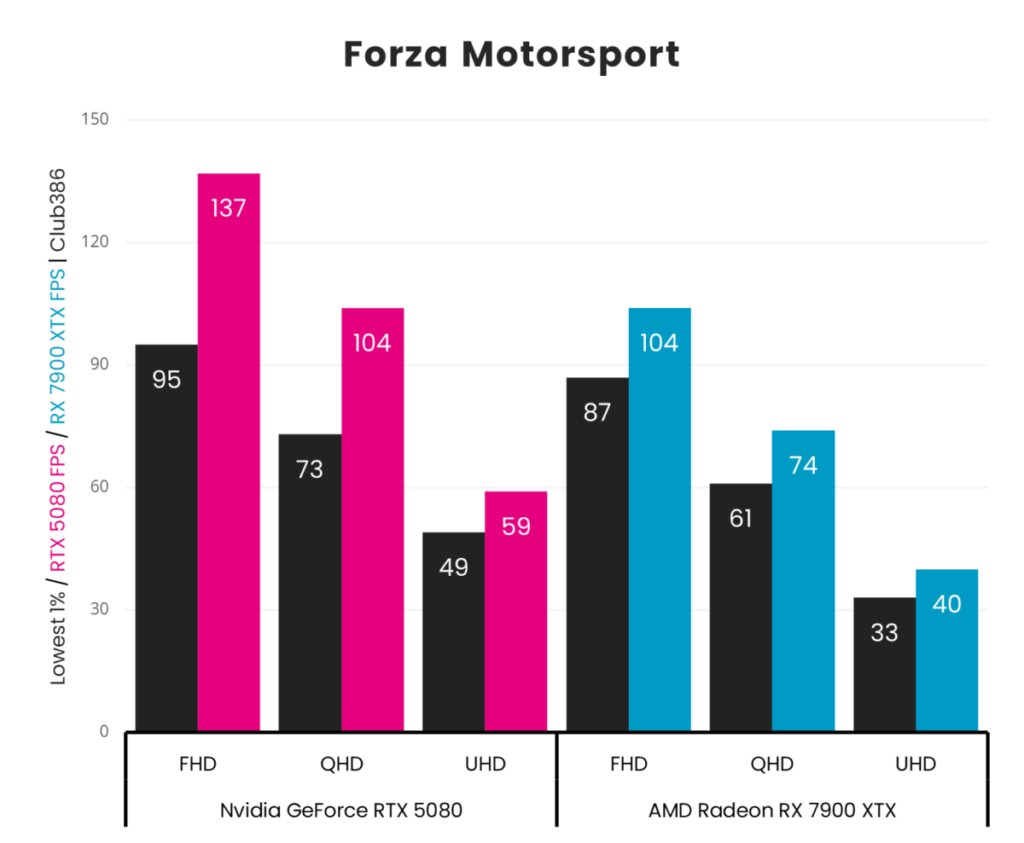
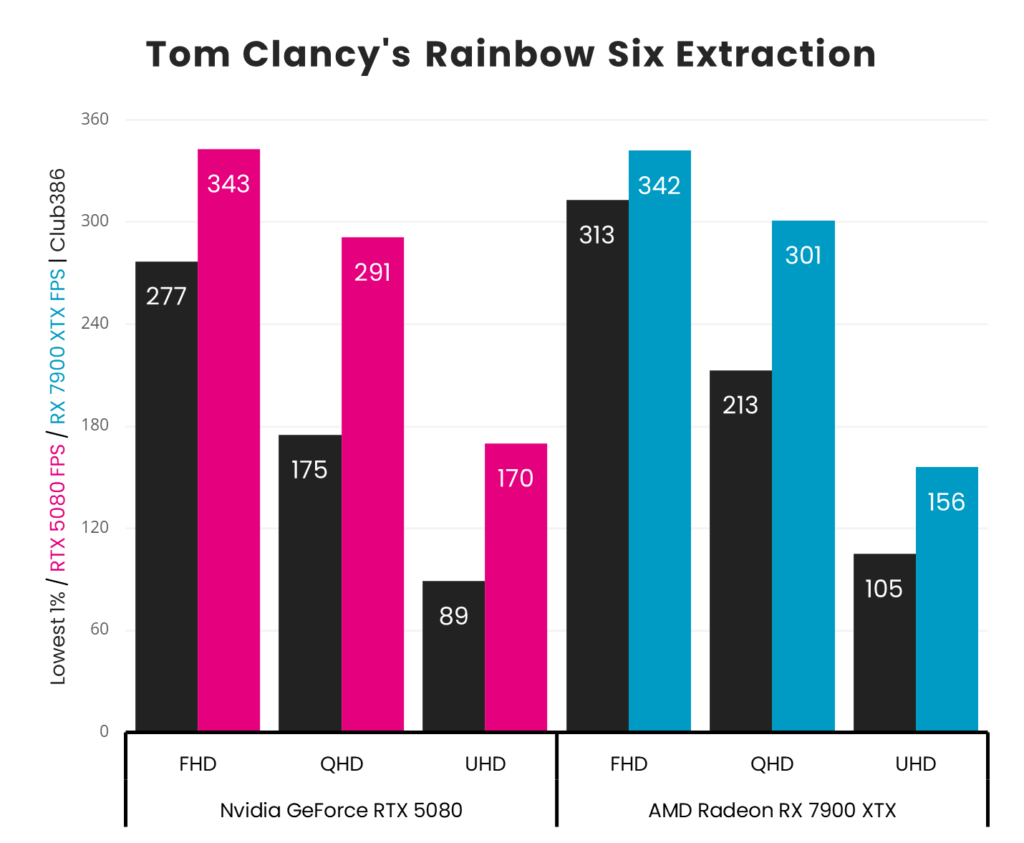
- If you prioritize ray tracing and AI features (DLSS 4), the RTX 5080 is better.
- If you want raw rasterization performance and more VRAM for less money, the 7900 XTX is a great deal.
- If you play games at 1440p, the 7900 XTX is a solid alternative for $200 less.
For rasterized performance alone, the RTX 5080 and 7900 XTX are very close, but NVIDIA wins in ray tracing, DLSS, and AI-powered upscaling.
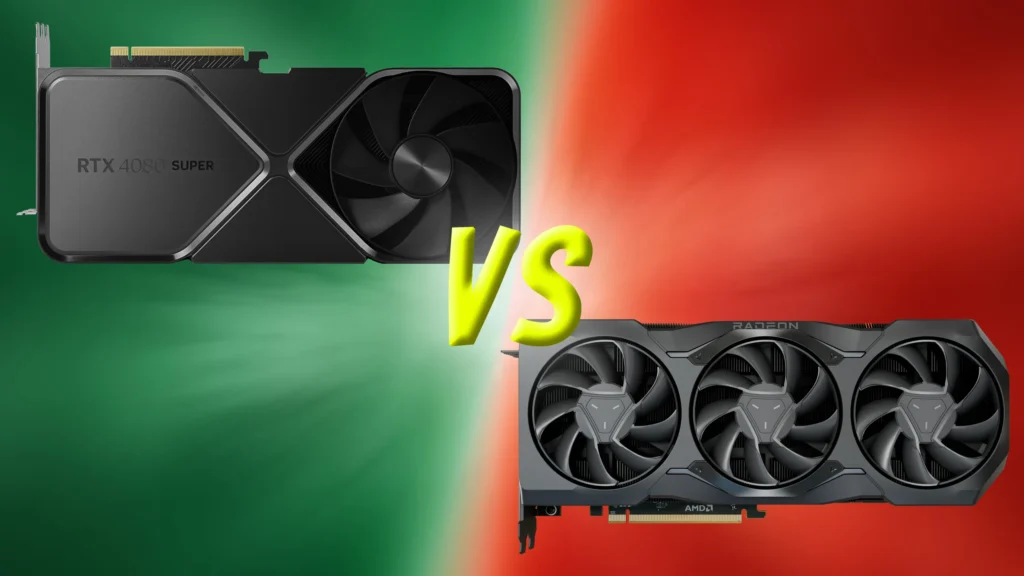
However, AMD’s larger 24GB VRAM buffer makes it a more future-proof option—a significant consideration for those gaming at 4K or running modded games.
Is NVIDIA Focusing Too Much on AI Rather Than Gaming?
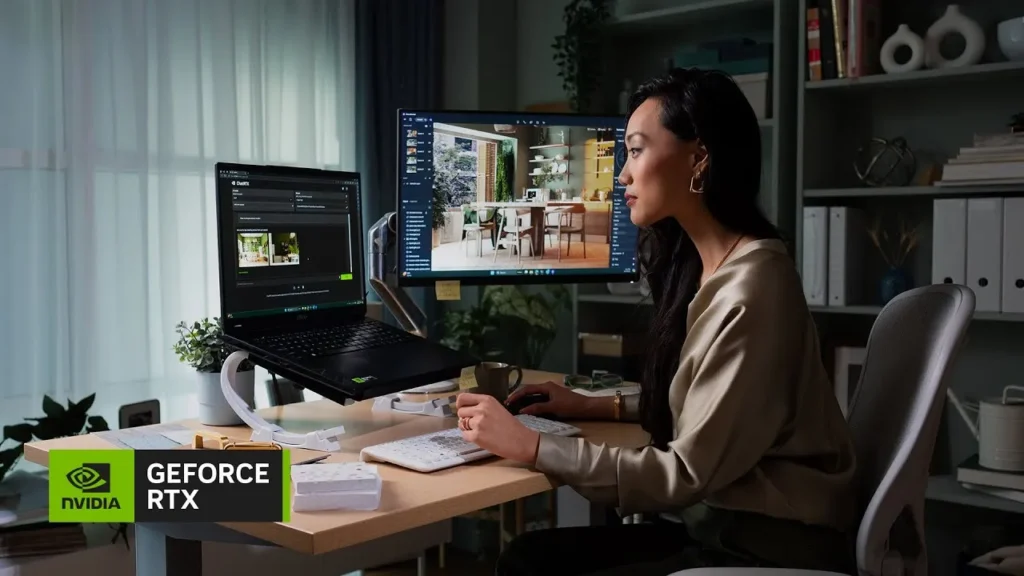
With AI technology booming, NVIDIA is increasingly shifting its focus away from pure gaming performance and towards AI-driven rendering, upscaling, and machine learning.
Why Is NVIDIA Pushing AI Features?
✅ AI is the future of gaming, and features like DLSS 4’s Multi-Frame Generation reduce the GPU load while improving FPS.
✅ AI-generated frames allow weaker GPUs to compete with stronger ones, making DLSS a valuable selling point.
✅ NVIDIA’s data center and AI hardware business is far more profitable than gaming GPUs.
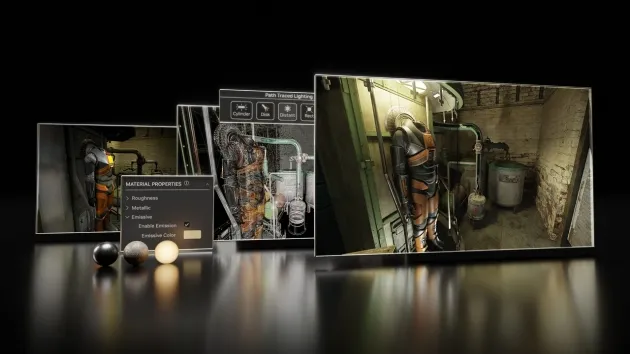
Why This Could Be a Problem for Gamers
❌ AI-generated frames do not improve native rendering performance—they are a workaround, not a true hardware improvement.
❌ NVIDIA is reducing VRAM capacity (16GB on a $1,000 card) because they assume DLSS will compensate for performance losses.
❌ If AI-generated frames become the industry standard, NVIDIA may stop prioritizing raw GPU performance improvements.
For now, AI-enhanced gaming is beneficial, but if NVIDIA continues to prioritize AI over hardware advancements, we could see a stagnation in real performance improvements in the coming years.
Display and Connectivity Features (DisplayPort 2.1, HDMI 2.1, AV1 Encoding)
The RTX 5080 brings significant improvements to display and video encoding capabilities, making it a great choice for high-resolution and high-refresh-rate gaming.
DisplayPort 2.1: Why It Matters
The RTX 5080 is one of the first NVIDIA GPUs to fully support DisplayPort 2.1, which allows:
✅ 4K gaming at 240Hz without Display Stream Compression (DSC)
✅ 8K gaming at 120Hz with DSC enabled
✅ Better support for future high-refresh-rate gaming monitors
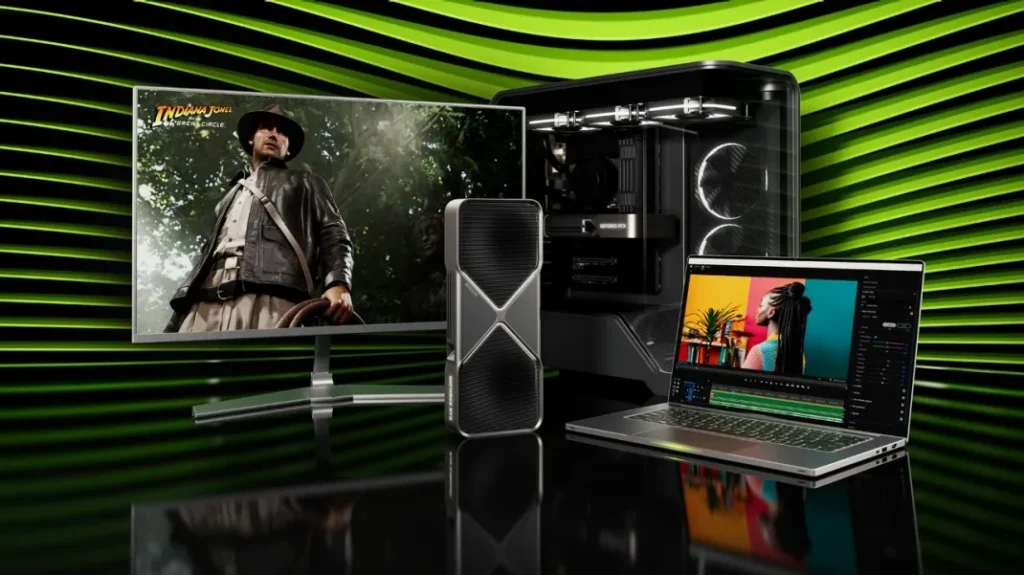
HDMI 2.1 for Console Gamers and Streamers
- Supports 4K 120Hz gaming on HDMI 2.1-compatible monitors and TVs.
- Full Variable Refresh Rate (VRR) and Auto Low Latency Mode (ALLM) support, ideal for console gamers who also use NVIDIA GPUs for PC gaming.

AV1 Encoding: A Big Deal for Streamers and Content Creators
The RTX 5080 supports AV1 encoding, offering:
✅ Higher-quality video streaming with lower bandwidth usage
✅ Better compression than H.264 and H.265
✅ Optimized video rendering for Twitch and YouTube streamers
For streamers, video editors, and content creators, these new features make the RTX 5080 an excellent choice for high-quality production work.
Who Should Buy the RTX 5080?
✅ Buy the RTX 5080 If:
✔ You want the best ray tracing performance at this price range.
✔ You want DLSS 4 for AI-driven performance boosts.
✔ You play at 4K resolution and need top-tier performance.
✔ You create content (video editing, 3D rendering, streaming) and need AV1 encoding.
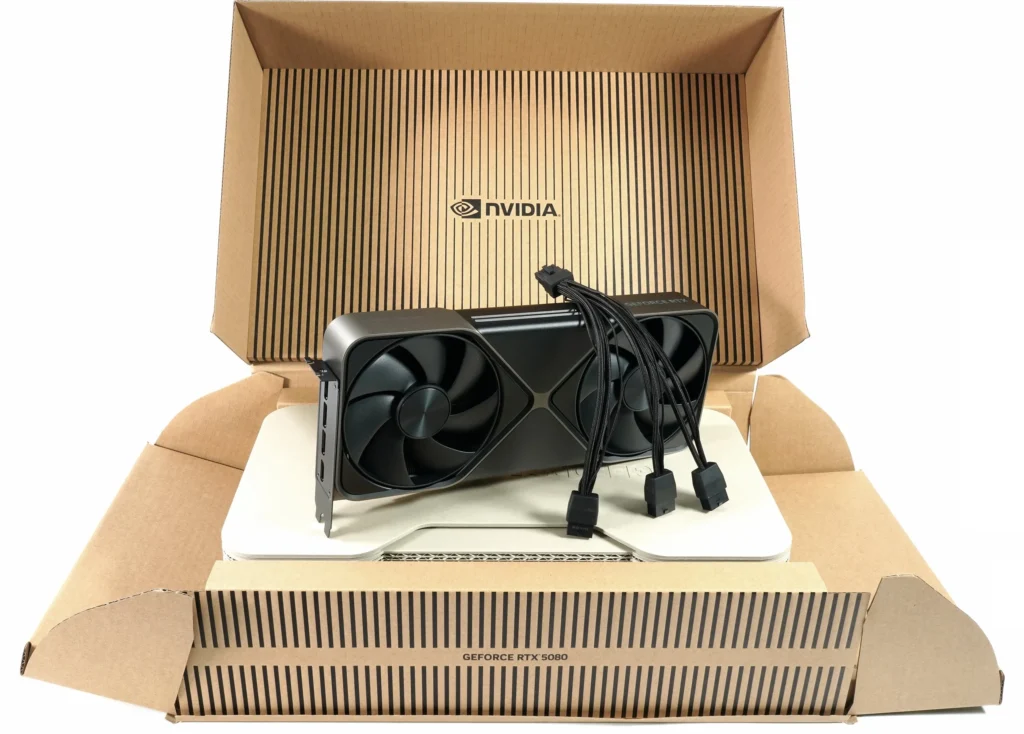
❌ Avoid the RTX 5080 If:
✖ You already own an RTX 4080 Super—the performance jump is too small.
✖ You need more than 16GB of VRAM for modding or future-proofing.
✖ You prefer pure rasterized performance—the AMD 7900 XTX is a better value at $799.
✖ You are waiting for a true generational leap—the RTX 5090 will likely offer a much bigger performance boost.
Final Verdict: Should You Buy the RTX 5080?
The RTX 5080 is a solid high-end GPU, but it feels more like a mid-generation refresh rather than a true next-gen upgrade.
Pros
✅ 10-20% faster than RTX 4080 Super
✅ DLSS 4 and Multi-Frame Generation improve FPS
✅ Best-in-class ray tracing performance
✅ AV1 encoding and DisplayPort 2.1 support
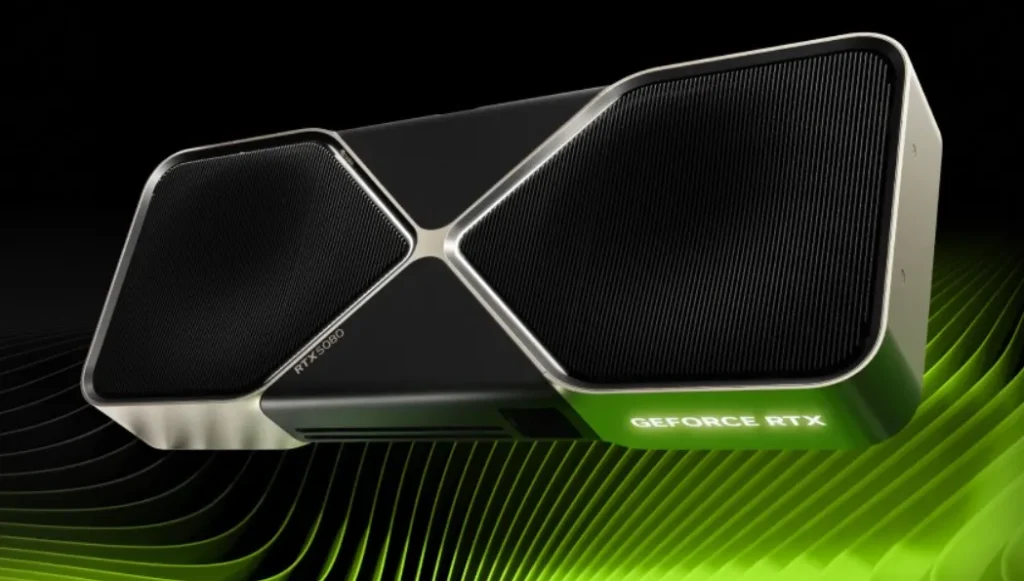
Cons
❌ Still limited to 16GB VRAM (a potential bottleneck for 4K gaming)
❌ High power consumption (350W+)
❌ Not a huge leap over the previous generation
❌ Feels like it should be called the RTX 4080 Ti rather than a “5080”
Final Rating: 7.5/10 ⭐⭐⭐⭐⭐⭐⭐✨
- If you’re upgrading from an RTX 30-series card, the RTX 5080 is worth considering.
- If you already have an RTX 4080 Super, it’s not worth upgrading.
- If you’re on a budget, consider the AMD 7900 XTX instead.
FAQs: RTX 5080 vs RTX 4080
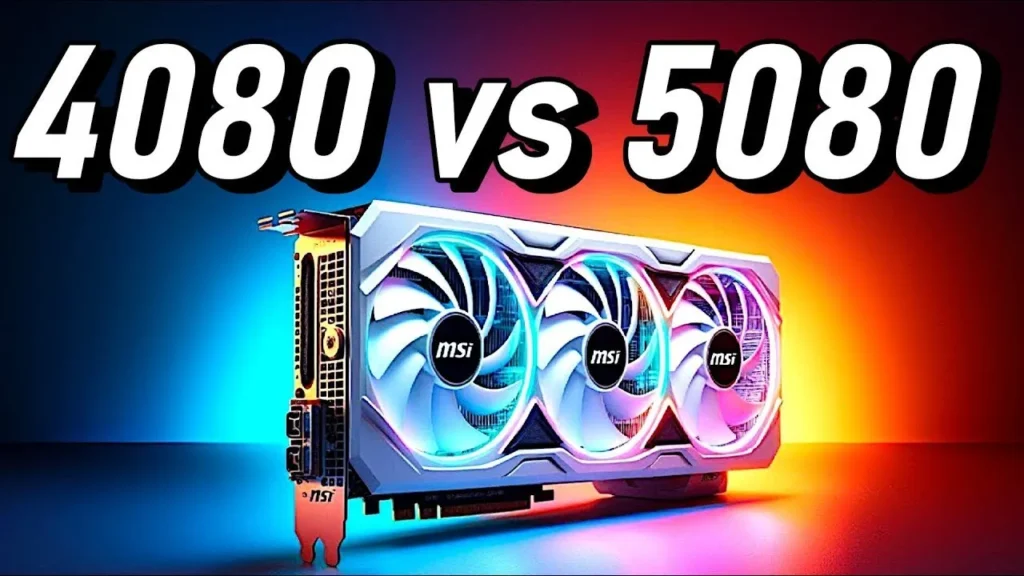
- How much faster is the RTX 5080 compared to the RTX 4080 Super?
- The RTX 5080 is 10-20% faster, depending on the game.
- Is 16GB of VRAM enough for modern gaming?
- Barely. Some newer titles already exceed 16GB VRAM at 4K.
- Is the RTX 5080 good for streaming and content creation?
- Yes! AV1 encoding and faster rendering times make it an excellent choice for creators.
- Should I wait for the RTX 5090?
- Yes, if you want a true next-gen performance leap.
Nvidia RTX 5080,
Nvidia, RTX 4080 Super, AI, 16GB RAM, cooler design, Cyberpunk, 4K gaming, RTX 4090, 7900 XTX, AMD, flagship GPU, neural rendering, 1440p, raster performance, DLSS upscaling, ray tracing, F1 24, Black Myth Wukong, GPU performance, TSMC 4N process, streaming multiprocessors, clock speed bump,
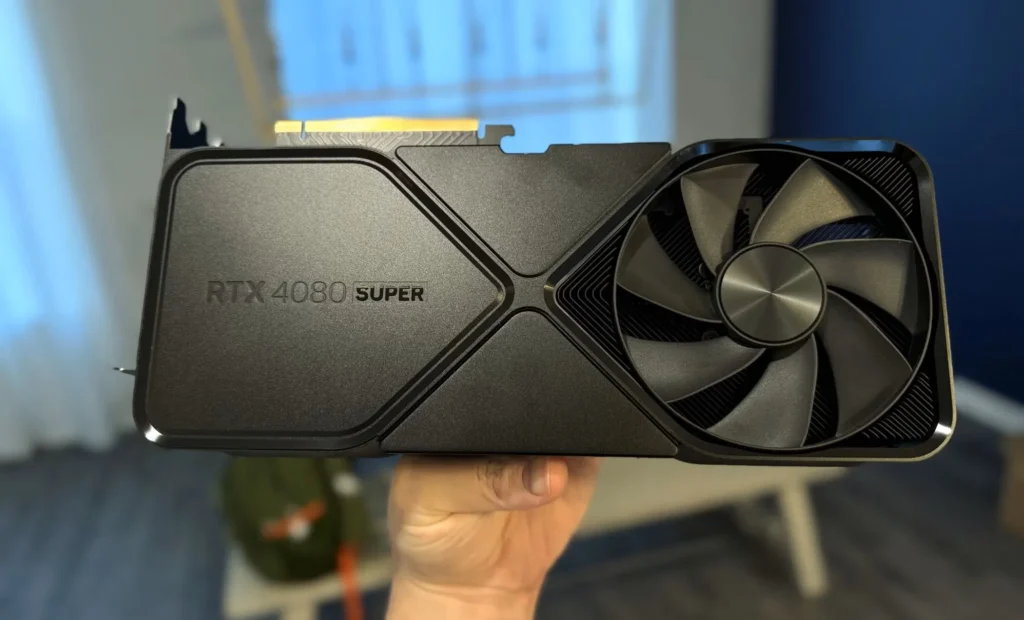
GDDR6X, GDDR7, Ray Tracing Cores, AI Tensor Cores, FP4 calculations, CUDA cores, video encoding, DisplayPort 2.1, 4K 240Hz, hardware acceleration, latency, path tracing, VRAM limitations, high-end gaming, productivity performance, Blender, Premiere Pro, DaVinci Resolve, AI benchmarks, Stable Diffusion, DLSS 4,
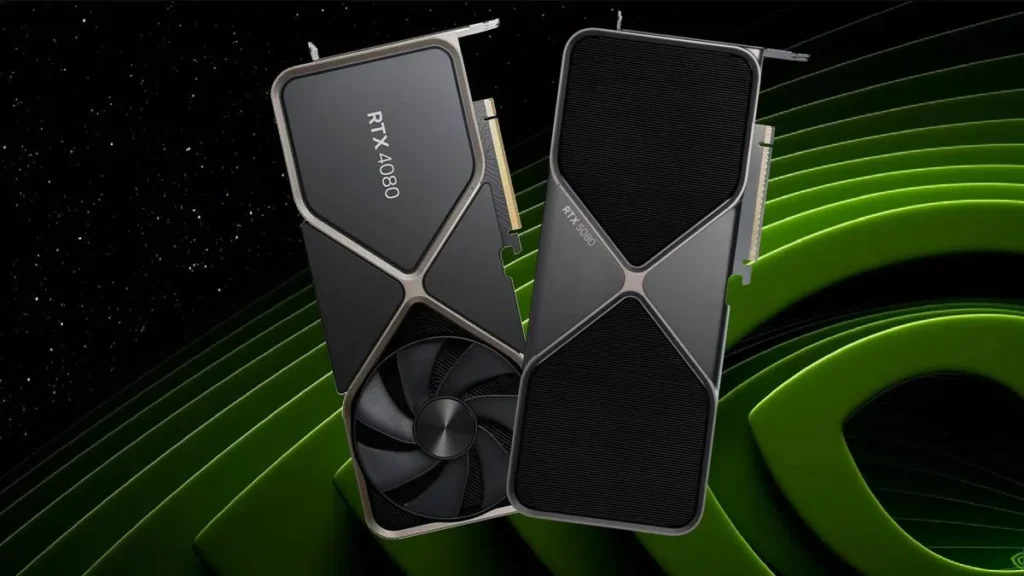
multi-frame generation (MFG), frame latency, FPS, Esports performance, power draw, 403 watts, thermal efficiency, RTX 5080 vs RTX 4080 Super, Nvidia AI hardware, Intel GPU competition, gaming performance, stock price impact, AI hype, AMD vs Nvidia, Intel Arc, next-gen GPUs, Nvidia proprietary features, GPU market share
Thank You for visiting Tech Uplifter!
Don’t forget to Subscribe to our Official Newsletter for latest updates.
